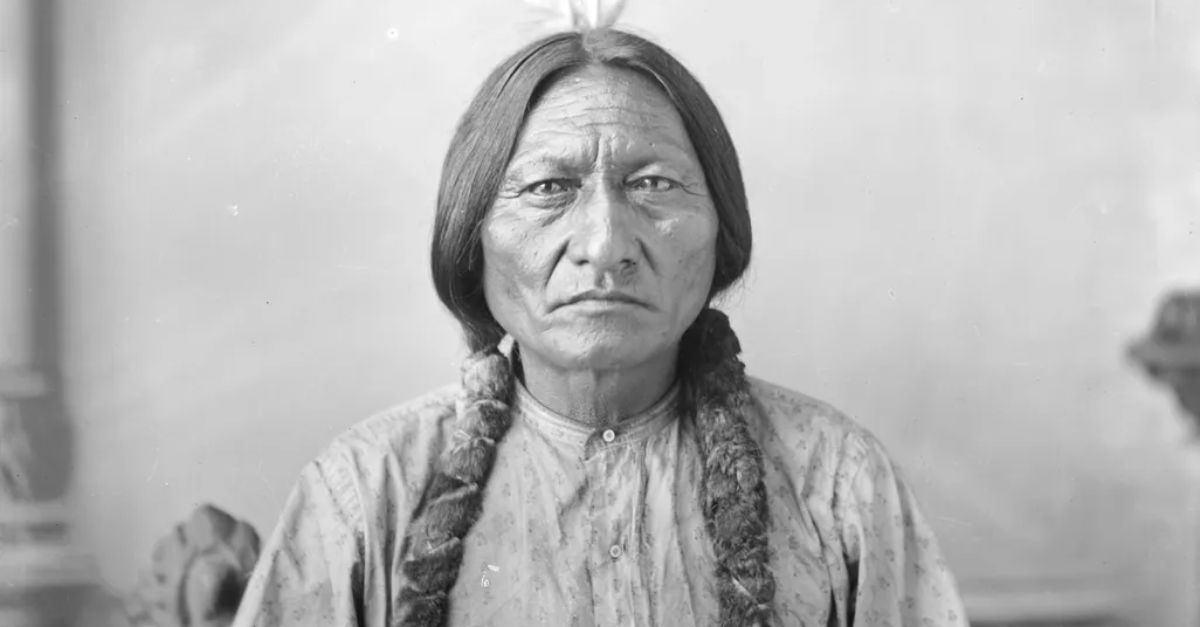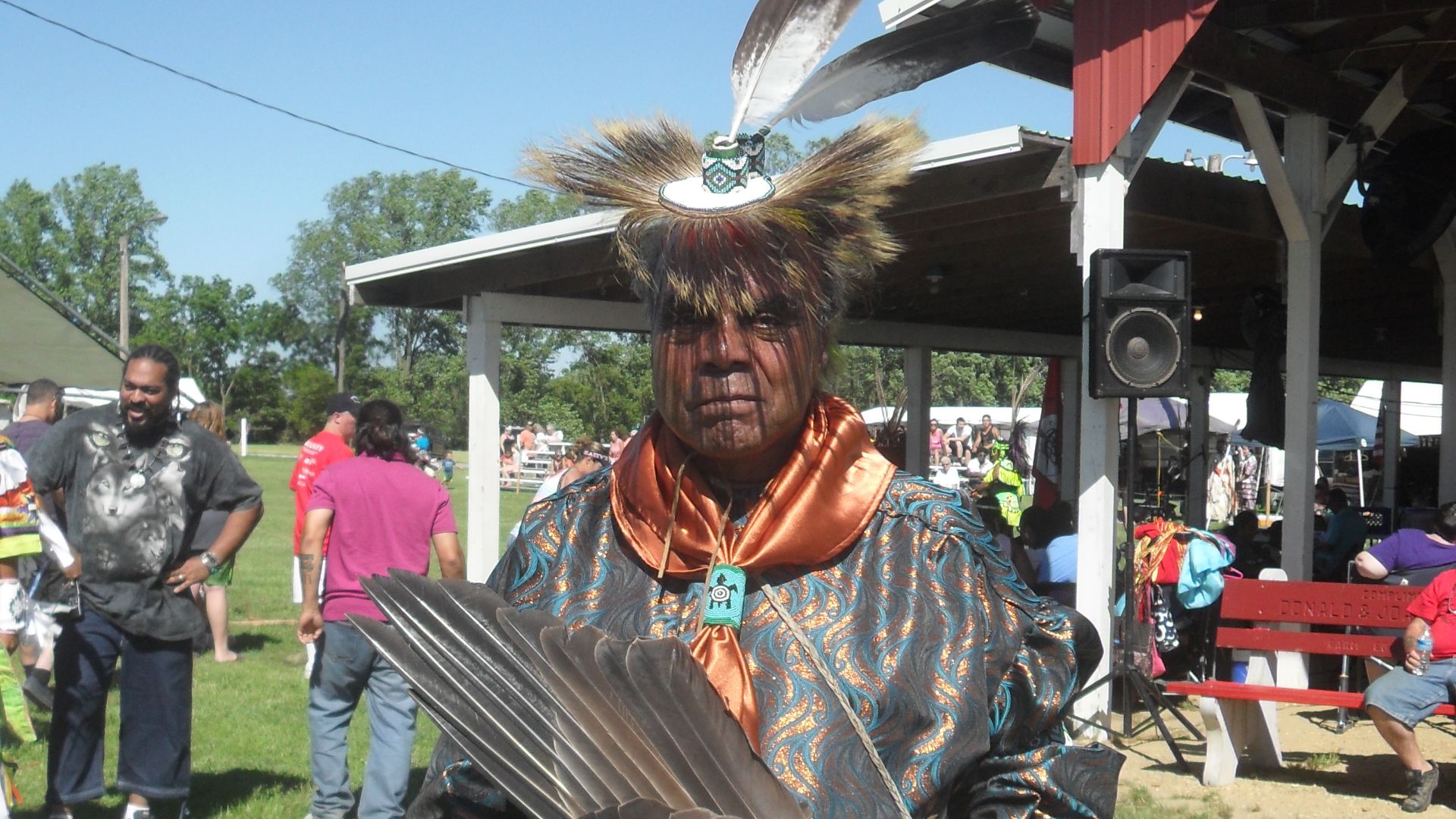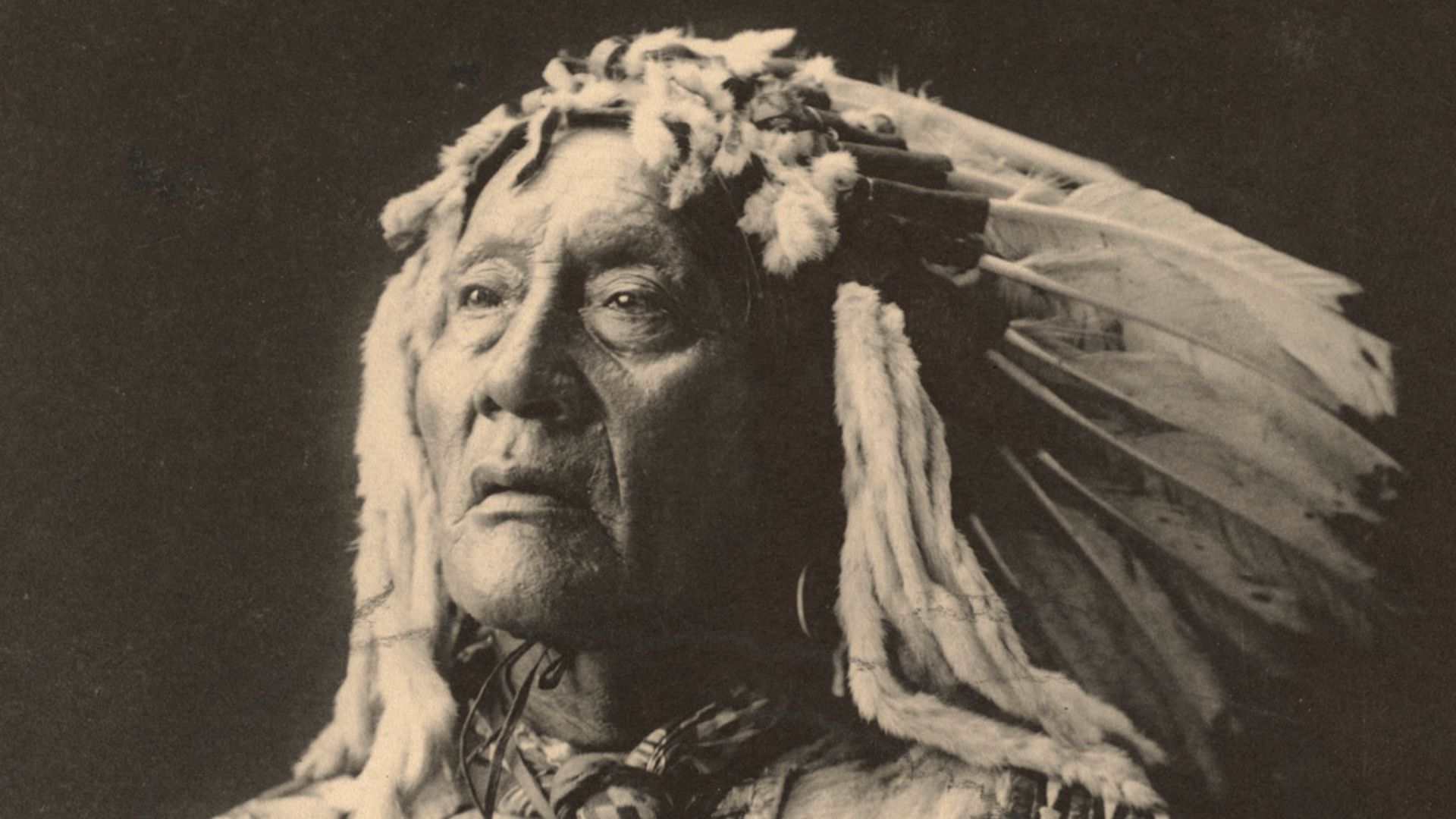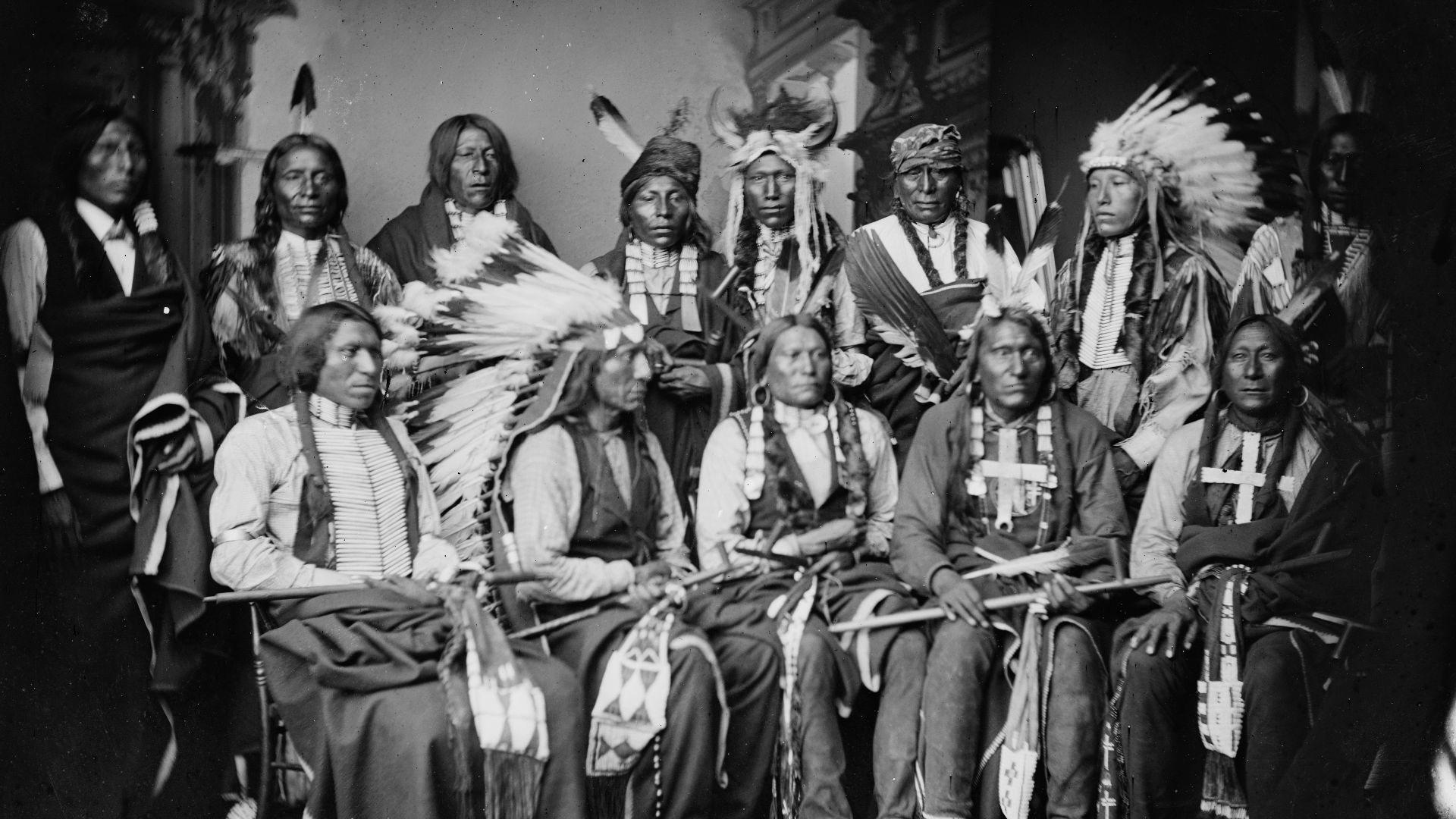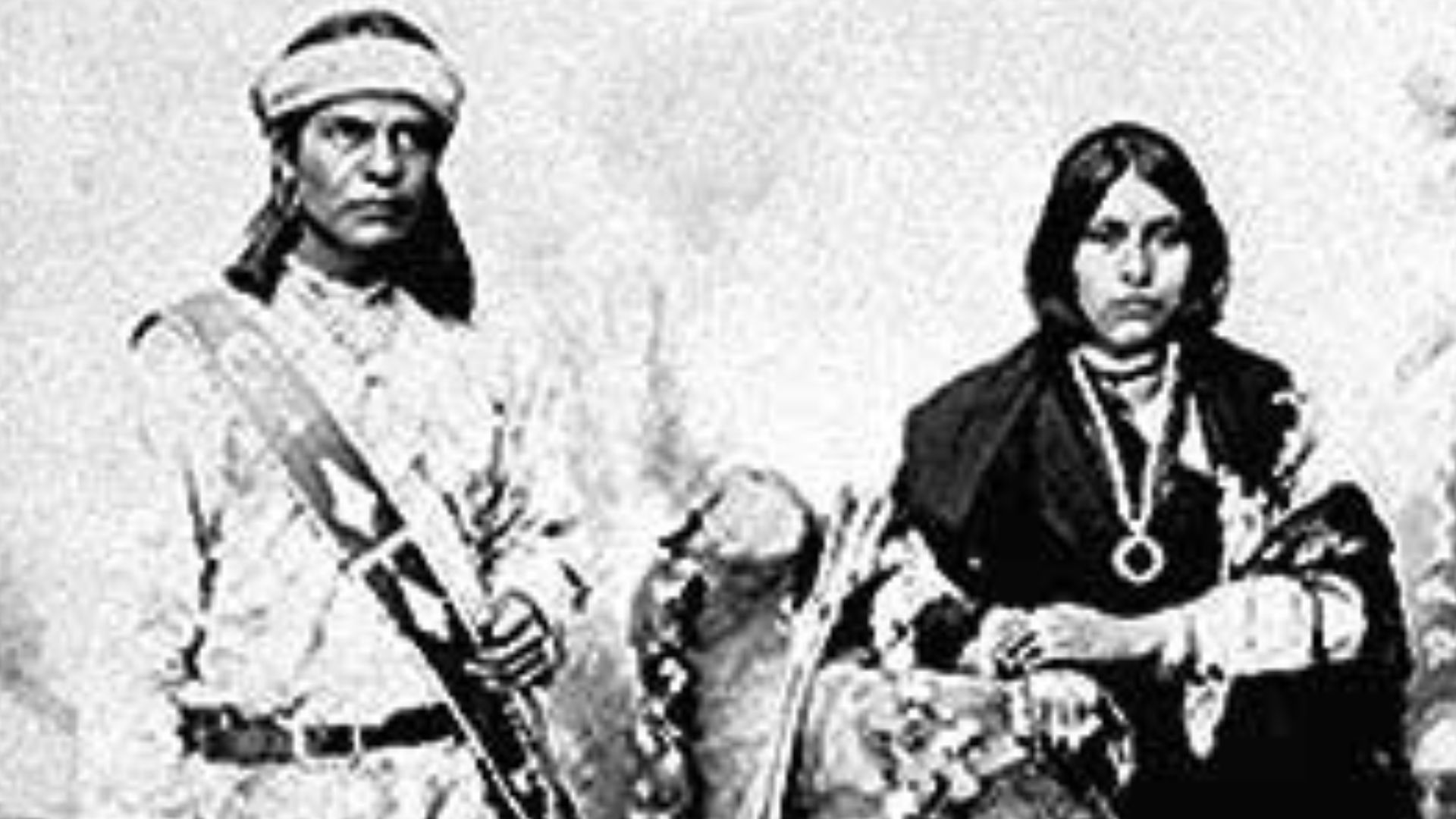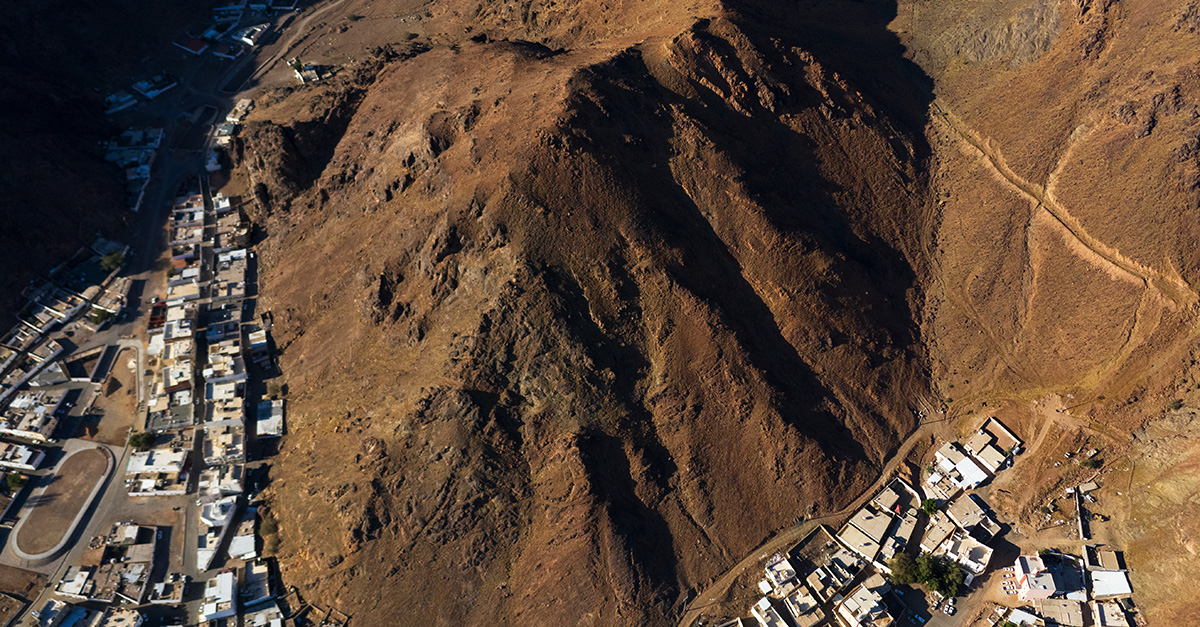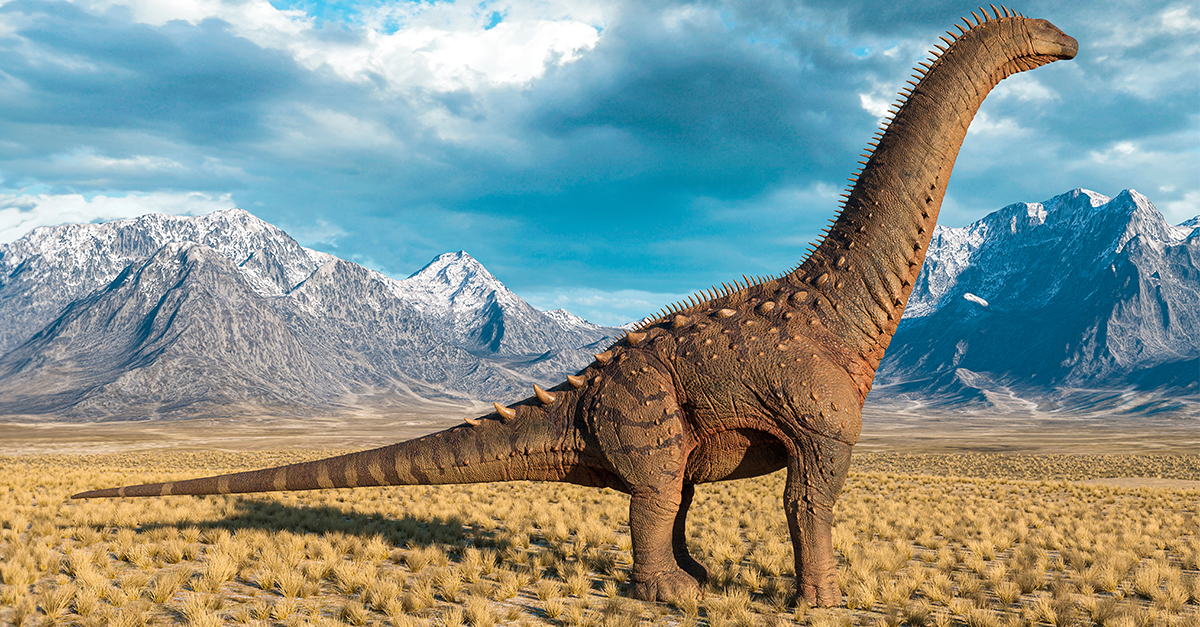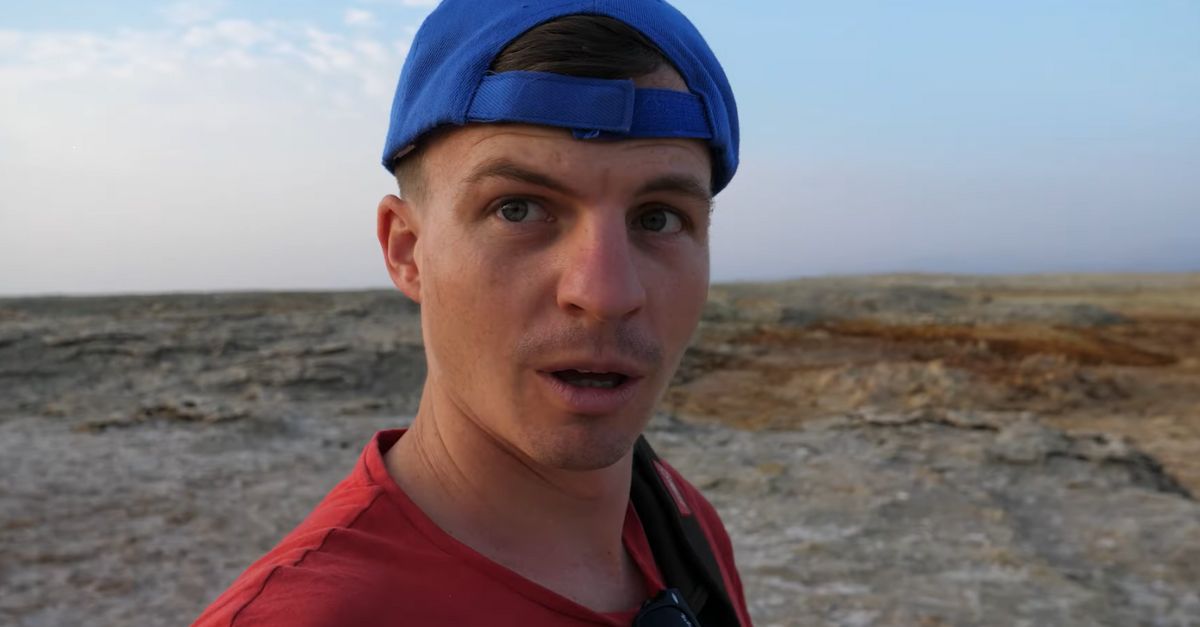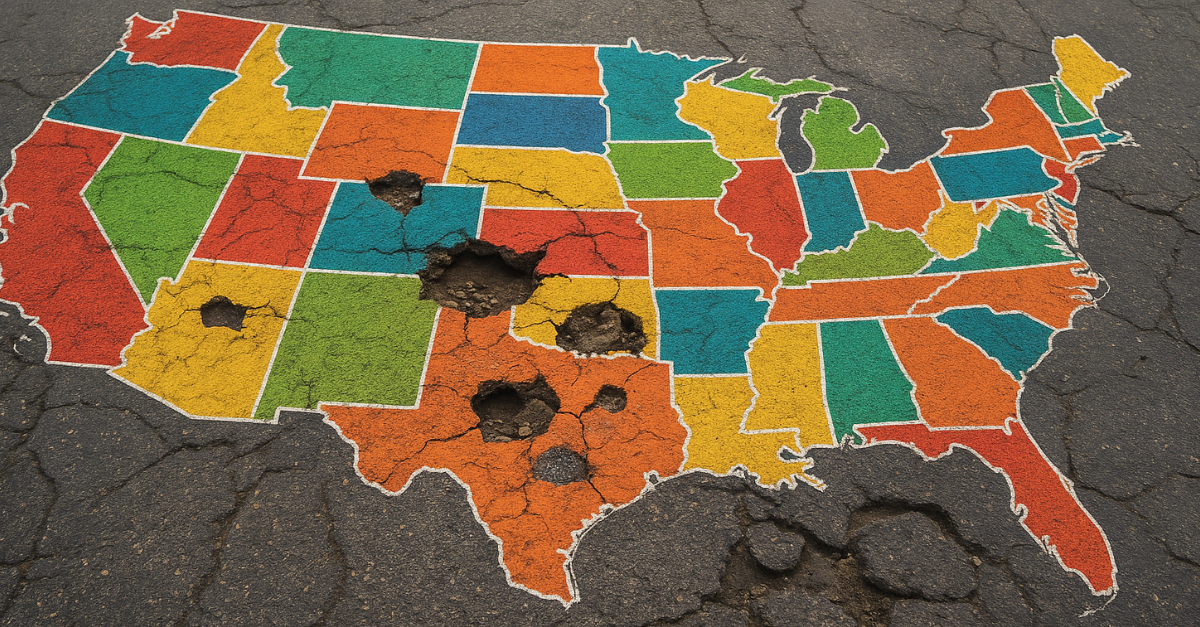Pre-Columbus Era
You may not have been taught this in your history classes, but some tribes developed astronomical calendars, trade networks, and military strategies that remained effective for centuries. Each clan became a master in their corner of America.
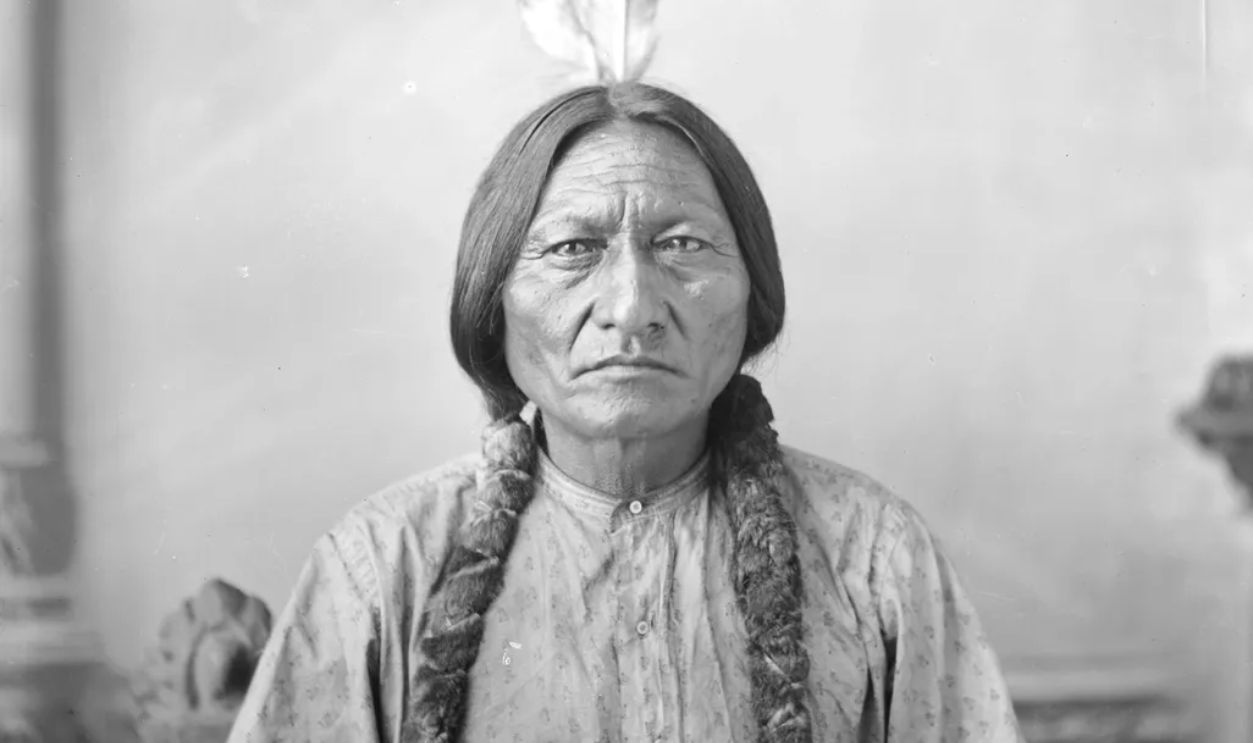
Hopi
Picture ancient villages poised dramatically on Arizona's towering mesas, where families have lived continuously for over a thousand years. The Hopi represent one of North America's oldest surviving cultures, with some settlements like Oraibi dating back to 1100 CE. Their name literally means “peaceful people”.
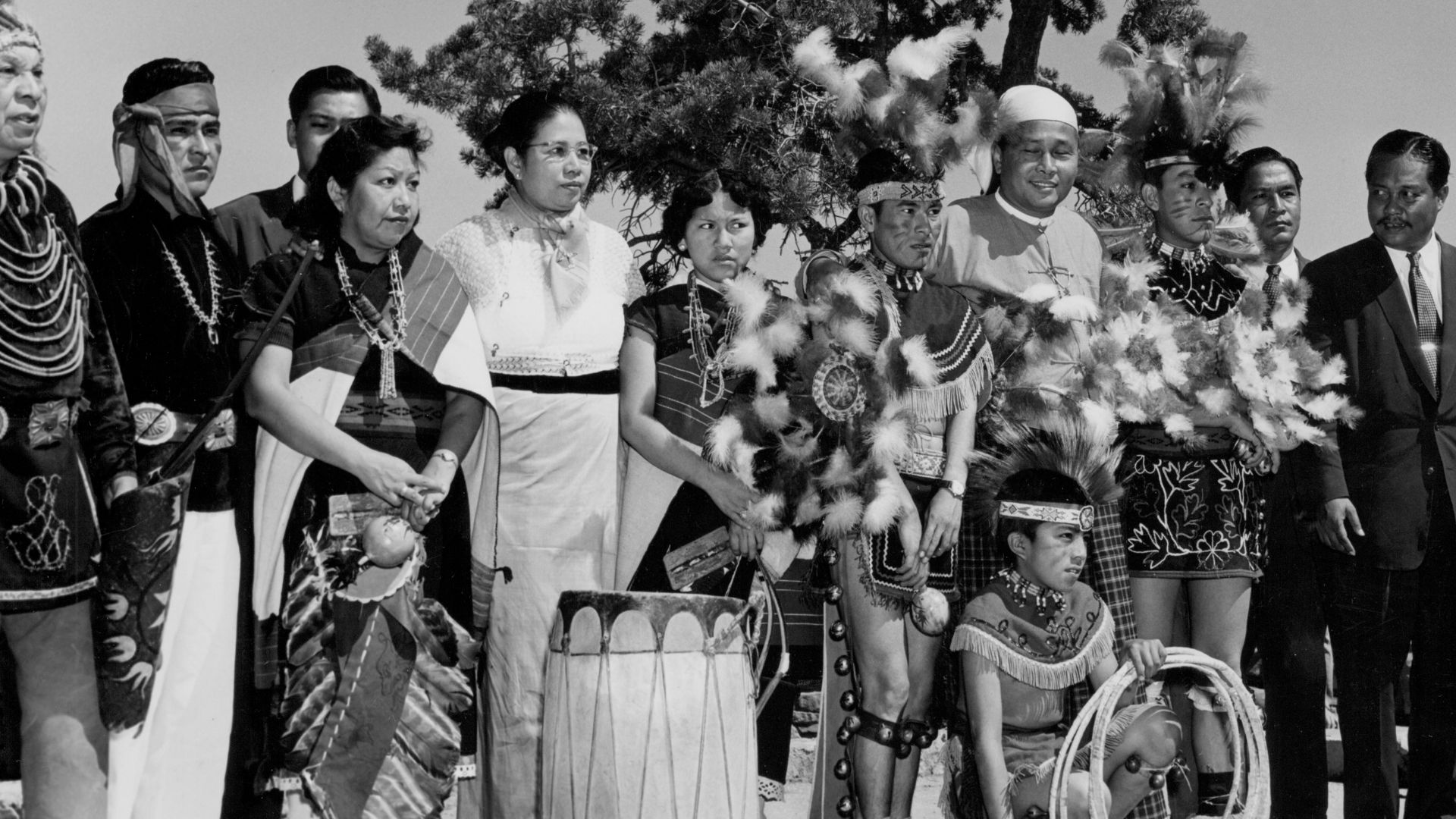 Grand Canyon National Park, Wikimedia Commons
Grand Canyon National Park, Wikimedia Commons
Hopi (Cont.)
What makes the Hopi remarkable is their mastery of desert agriculture in a highly harsh environment. They developed sophisticated dry-farming techniques, growing corn, beans, and squash without irrigation in areas receiving less than 10 inches of annual rainfall. These methods allowed them to thrive where others struggled.
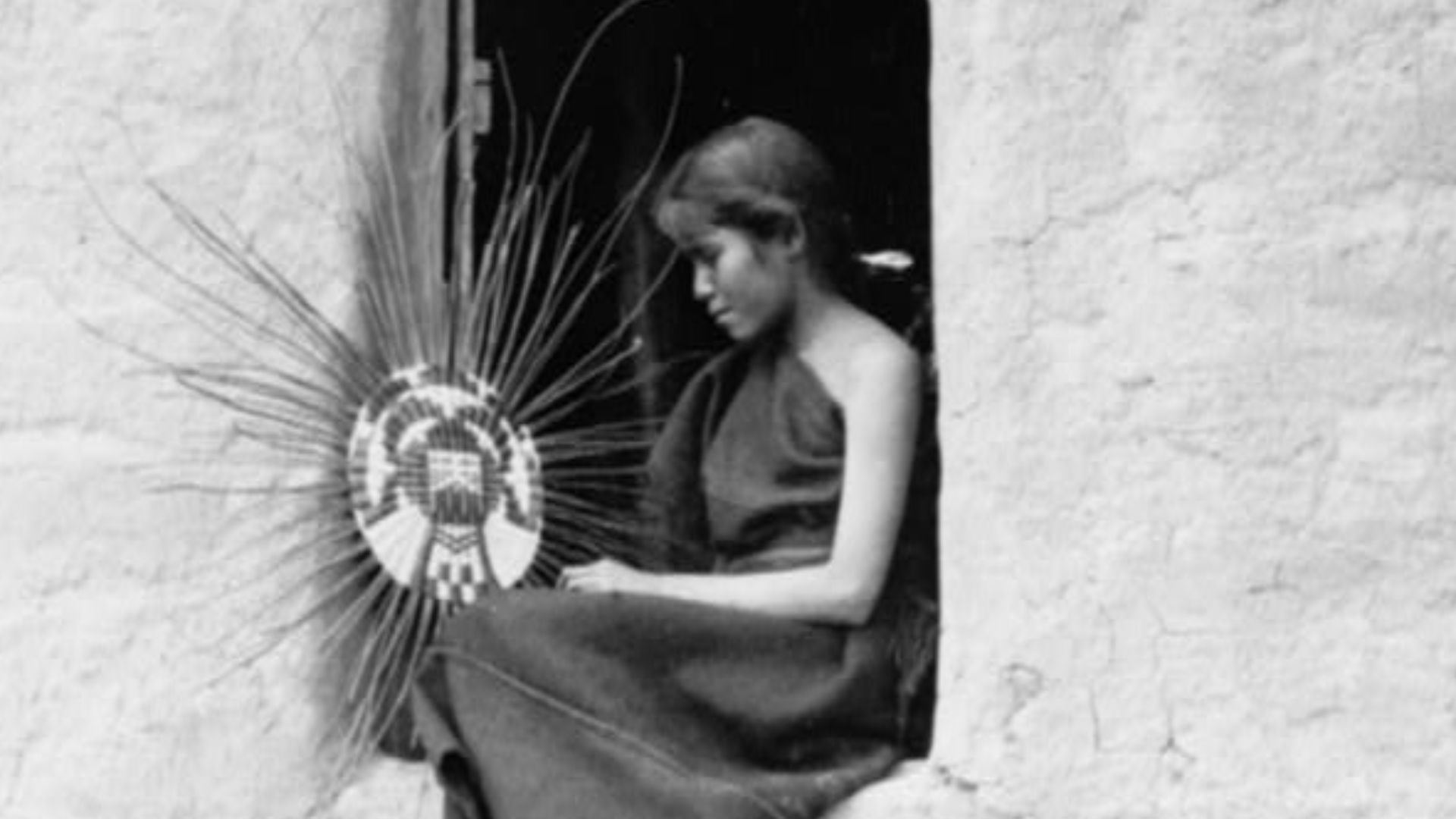 Unknown authorUnknown author, Wikimedia Commons
Unknown authorUnknown author, Wikimedia Commons
Hopi (Cont.)
Their intricate kachina dolls were not mere toys but sacred teaching tools. Each doll carries profound religious significance, helping children learn about their complex spiritual world. Today, authentic Hopi kachinas are highly prized art pieces, with master carvers' works selling for thousands.
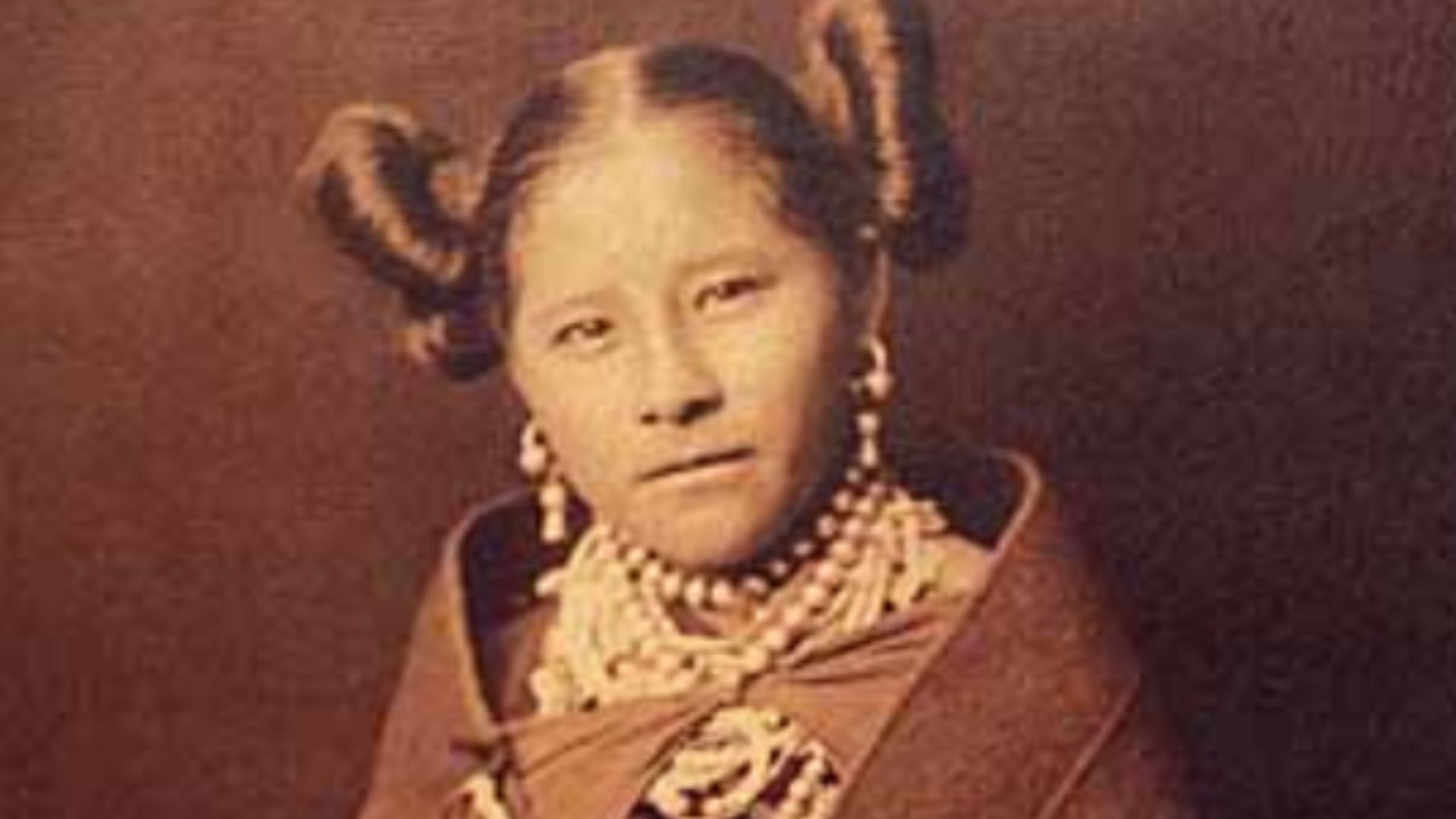 Unknown authorUnknown author, Wikimedia Commons
Unknown authorUnknown author, Wikimedia Commons
Lenape (Delaware)
Long before Manhattan's skyscrapers pierced the sky, the Lenape called this land Mannahatta, meaning “island of many hills”. They were the first inhabitants of what would become New York City, Philadelphia, and much of the mid-Atlantic region. English colonists dubbed them "Delaware" after Lord de la Warr.
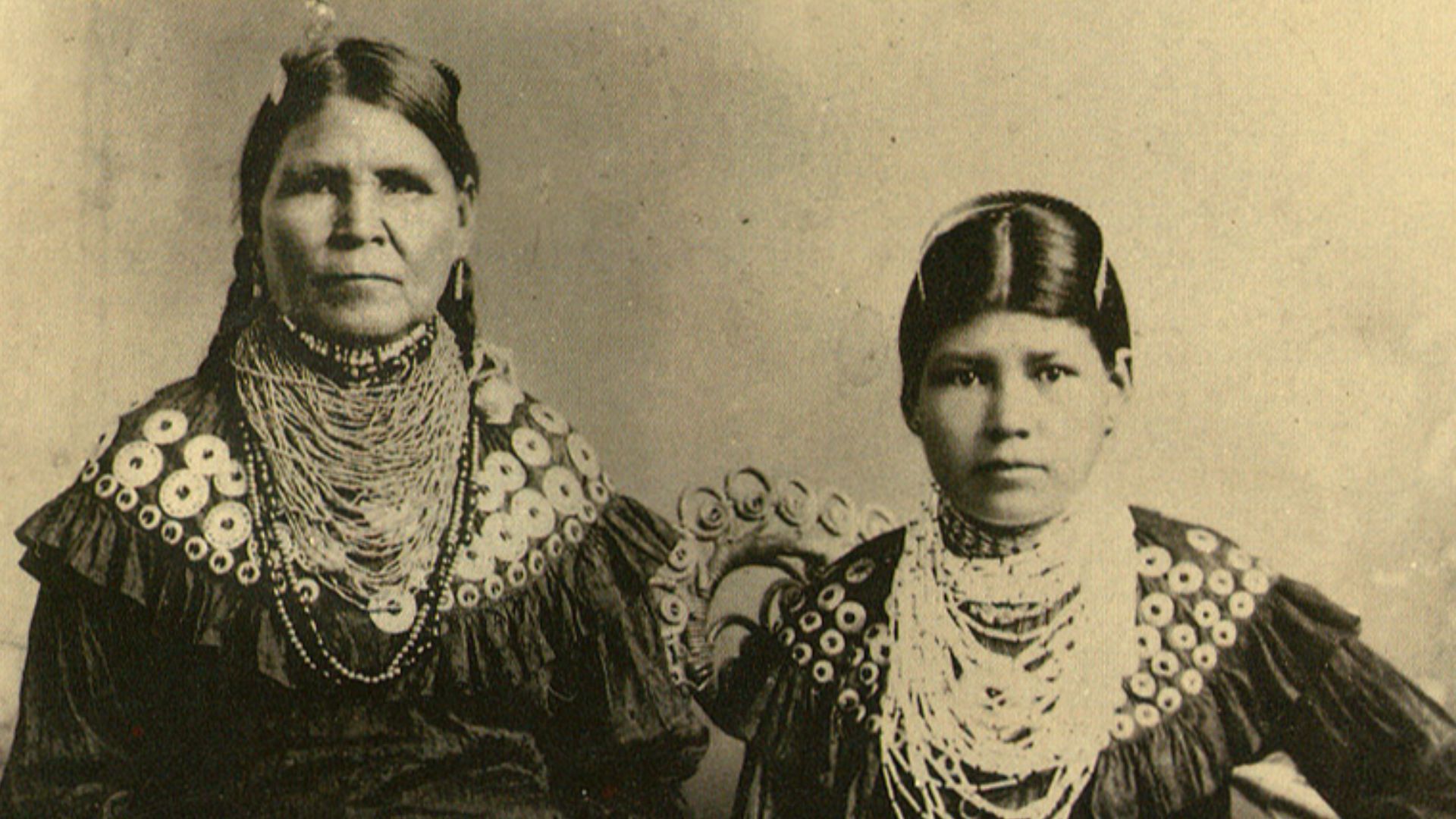 User:Nikater, 1 Feb 2007, Wikimedia Commons
User:Nikater, 1 Feb 2007, Wikimedia Commons
Lenape (Delaware) (Cont.)
However, they called themselves Lenape, meaning “original people”. European expansion forced these skilled diplomats westward in a series of migrations spanning three centuries. Despite losing their ancestral homeland, the Lenape held on to their language and traditions while adapting to new environments from Oklahoma to Ontario.
Lenape (Delaware) (Cont.)
They served as important intermediaries between other tribes and European settlers, earning respect as honest brokers in negotiations. Their clan system organized society through matrilineal descent, with three main clans—Turtle, Turkey, and Wolf—each holding specific responsibilities. Interestingly, women in this region held great political power.
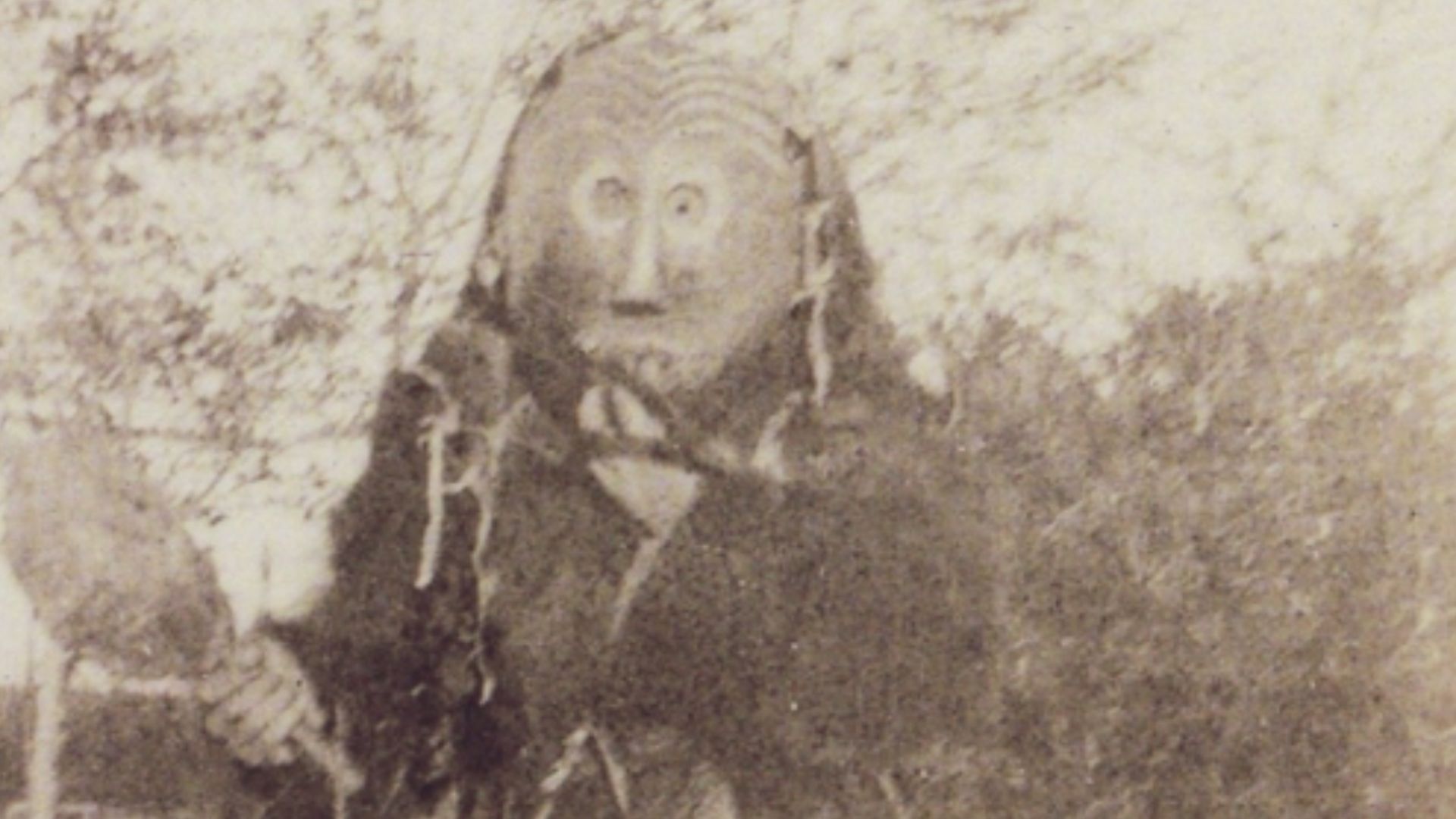 Unknown authorUnknown author, Wikimedia Commons
Unknown authorUnknown author, Wikimedia Commons
Sioux (Dakota, Lakota, Nakota)
The thundering hooves of buffalo across endless grasslands tell the story of the Great Sioux Nation, a confederation that once dominated the northern Great Plains. Comprising three groups of Dakota (eastern), Nakota (middle), and Lakota (western), they shared a common language root but developed distinct cultures.
Sioux (Dakota, Lakota, Nakota) (Cont.)
The Lakota became synonymous with Plains Indian culture, mastering horseback warfare and the art of buffalo hunting. Their warrior societies, like the Akicita, maintained order and protected the people, while their spiritual practices centered on the sacred pipe and vision quests.
Sioux (Dakota, Lakota, Nakota) (Cont.)
The Sun Dance, their most important ceremony, demonstrated courage and devotion through ritualized dancing and sacrifice. These traditions continue today, with modern Sun Dances drawing participants from across Indian Country to honor their ways. Sitting Bull and Crazy Horse became legendary figures during the Indian Wars.
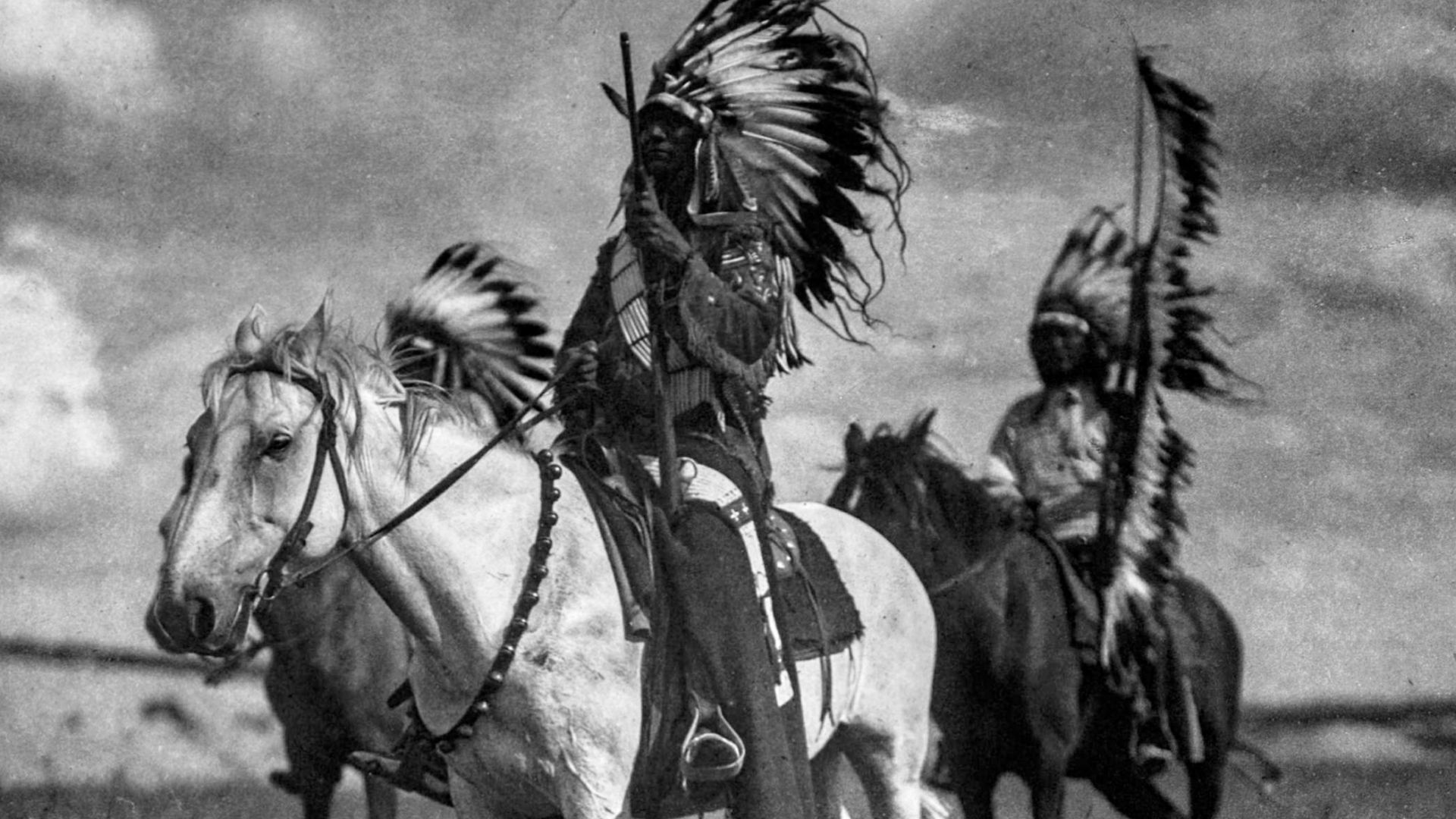 Paul Hermans, Wikimedia Commons
Paul Hermans, Wikimedia Commons
Tlingit
Master seafarers of the Pacific Northwest, the Tlingit built one of North America's most notable maritime cultures along Alaska's rugged coastline. Their massive cedar canoes, some around 60 feet long, could carry entire families on trading expeditions. These vessels were said to be constructed without nails.
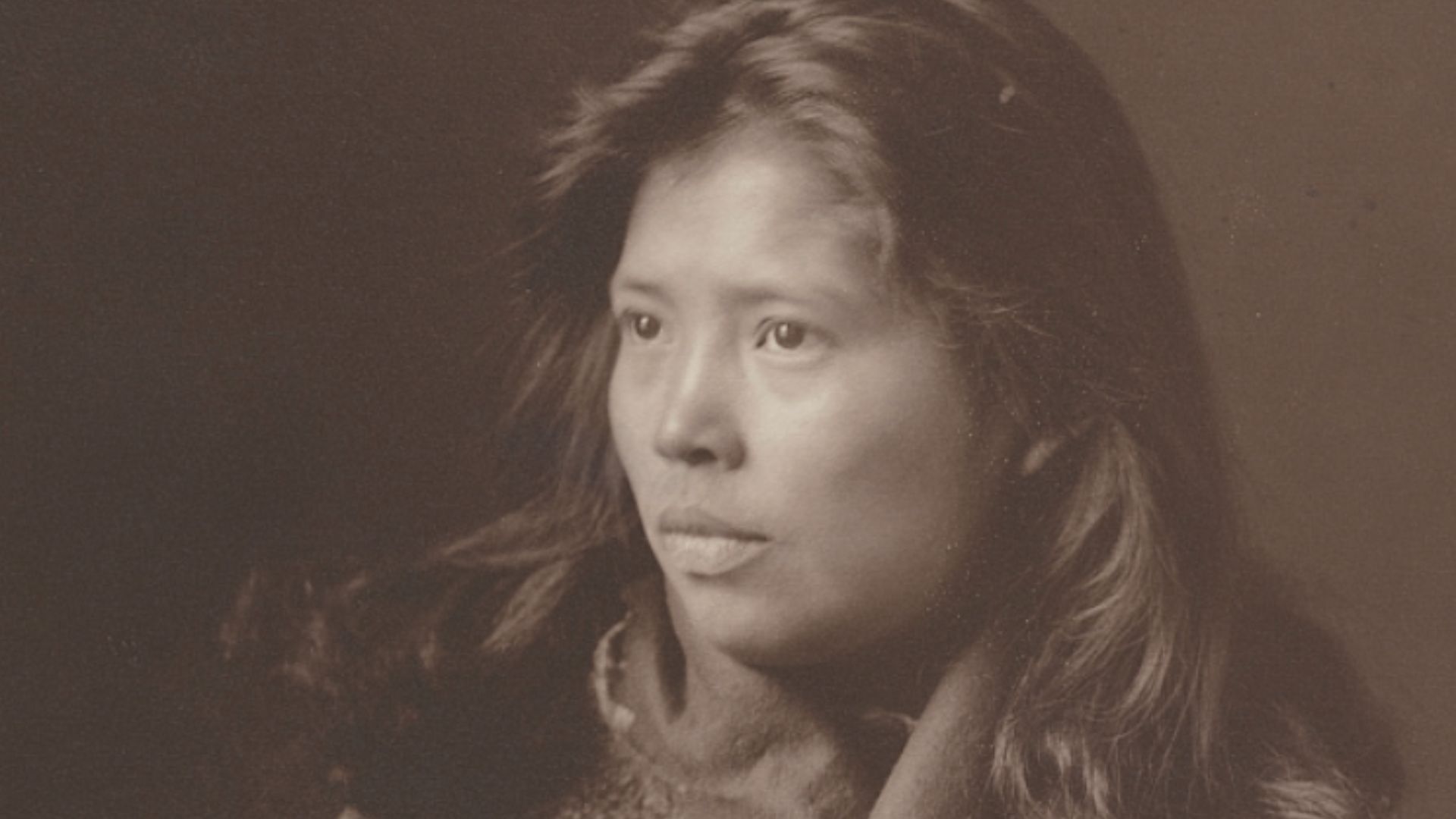 Case & Draper, photographer, Wikimedia Commons
Case & Draper, photographer, Wikimedia Commons
Tlingit (Cont.)
The potlatch ceremony defined Tlingit society, where chiefs displayed their wealth and status by giving away enormous quantities of goods. These gatherings established social hierarchies and resolved disputes. Ultimately, the government banned potlatches in 1885, recognizing their power to maintain Native identity and governance.
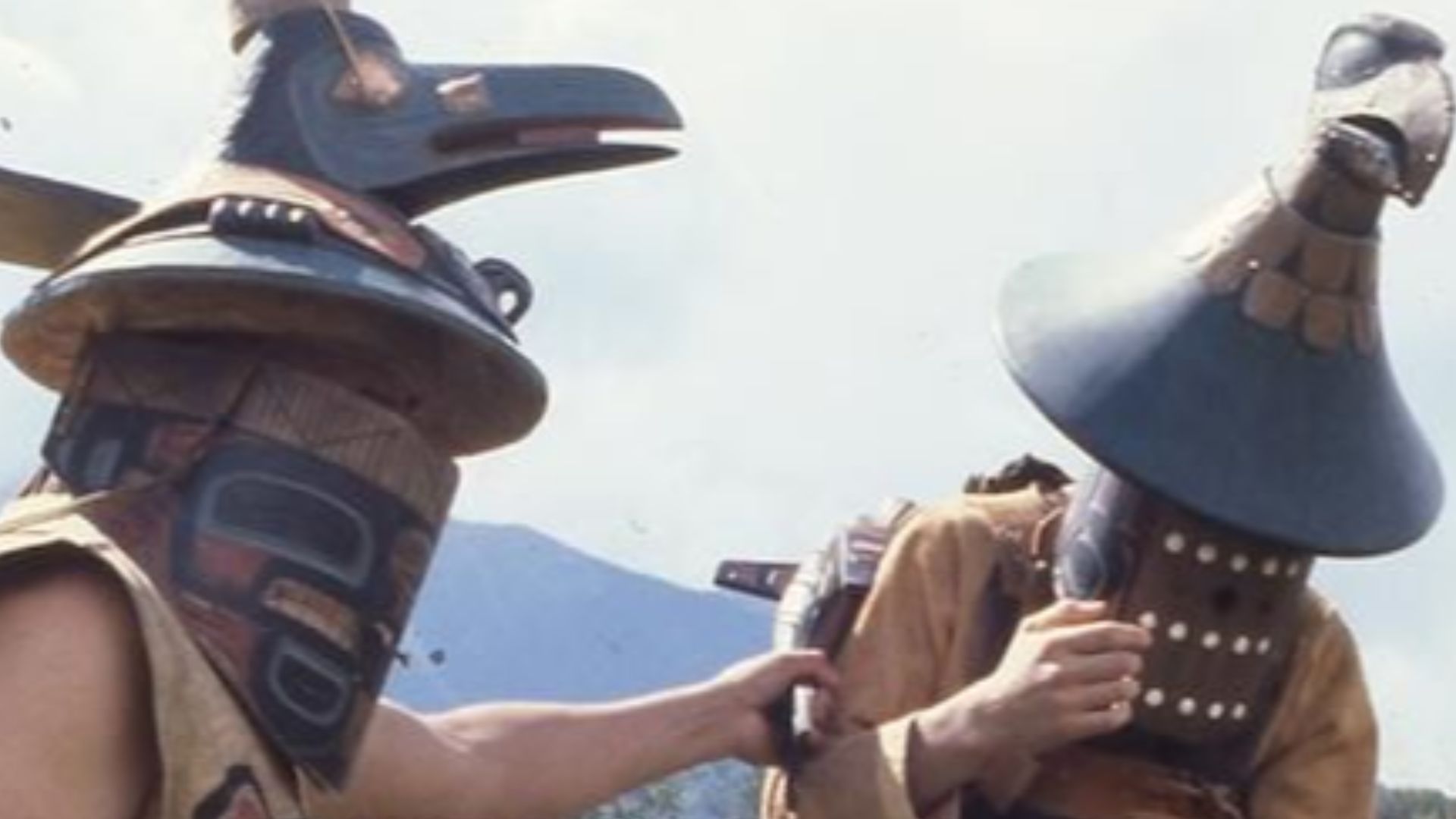 SFU Digitized Collections, Wikimedia Commons
SFU Digitized Collections, Wikimedia Commons
Apache
Apache people were all about fierce independence. They resisted European and American expansion longer than almost any other tribe. Geronimo's name was soon linked with guerrilla warfare as he led his band through the Southwest's difficult grounds, evading capture by hundreds of US troops.
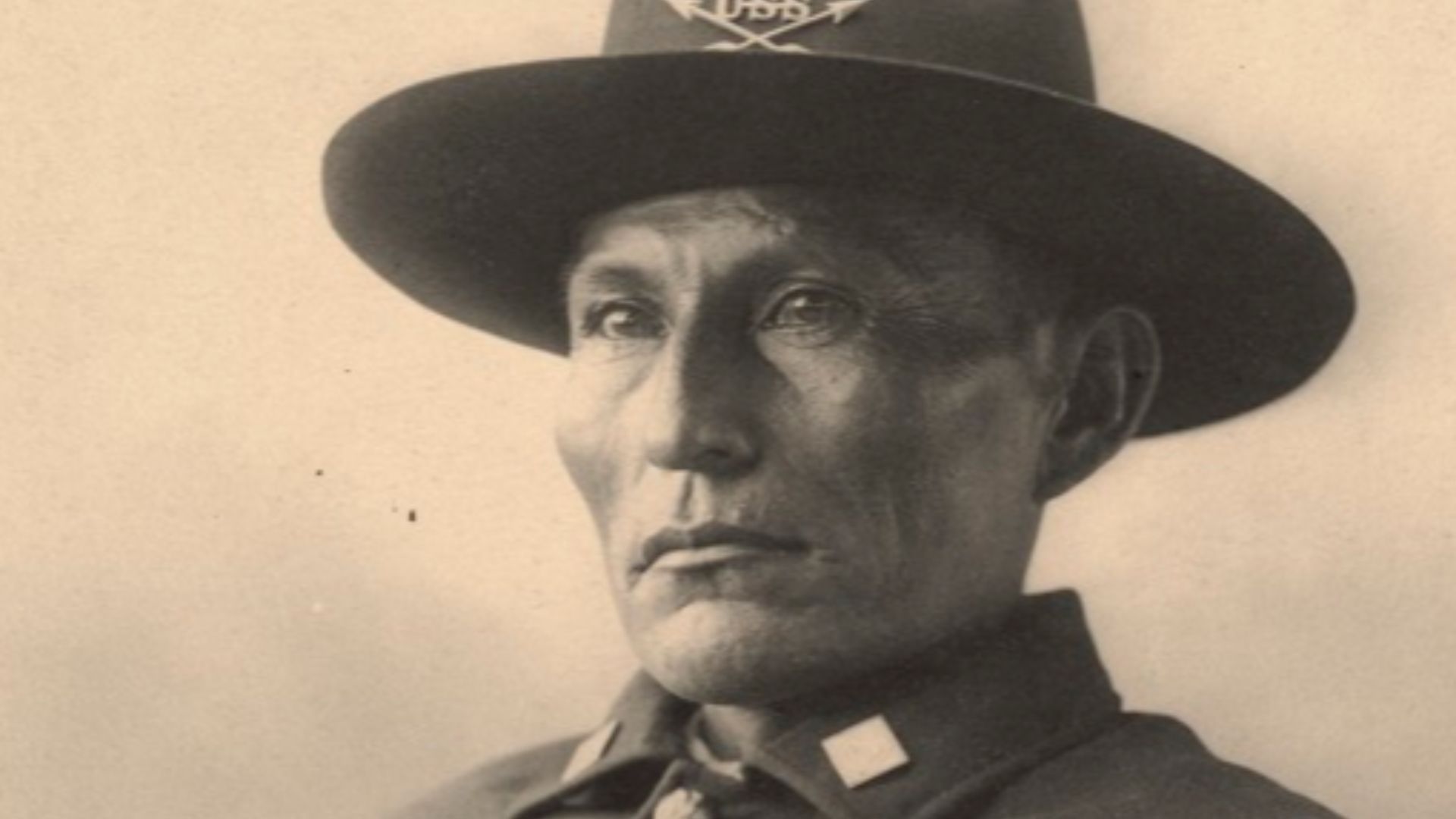 Rinehart, F. A. (Frank A.), Wikimedia Commons
Rinehart, F. A. (Frank A.), Wikimedia Commons
Apache (Cont.)
His final surrender in 1886 marked the end of the Indian Wars, but the Apache spirit remained unbroken. Their survival skills were brilliant. Some warriors were even capable of traveling 70 miles on foot in a single day. Apache women were equally formidable, being trained in combat.
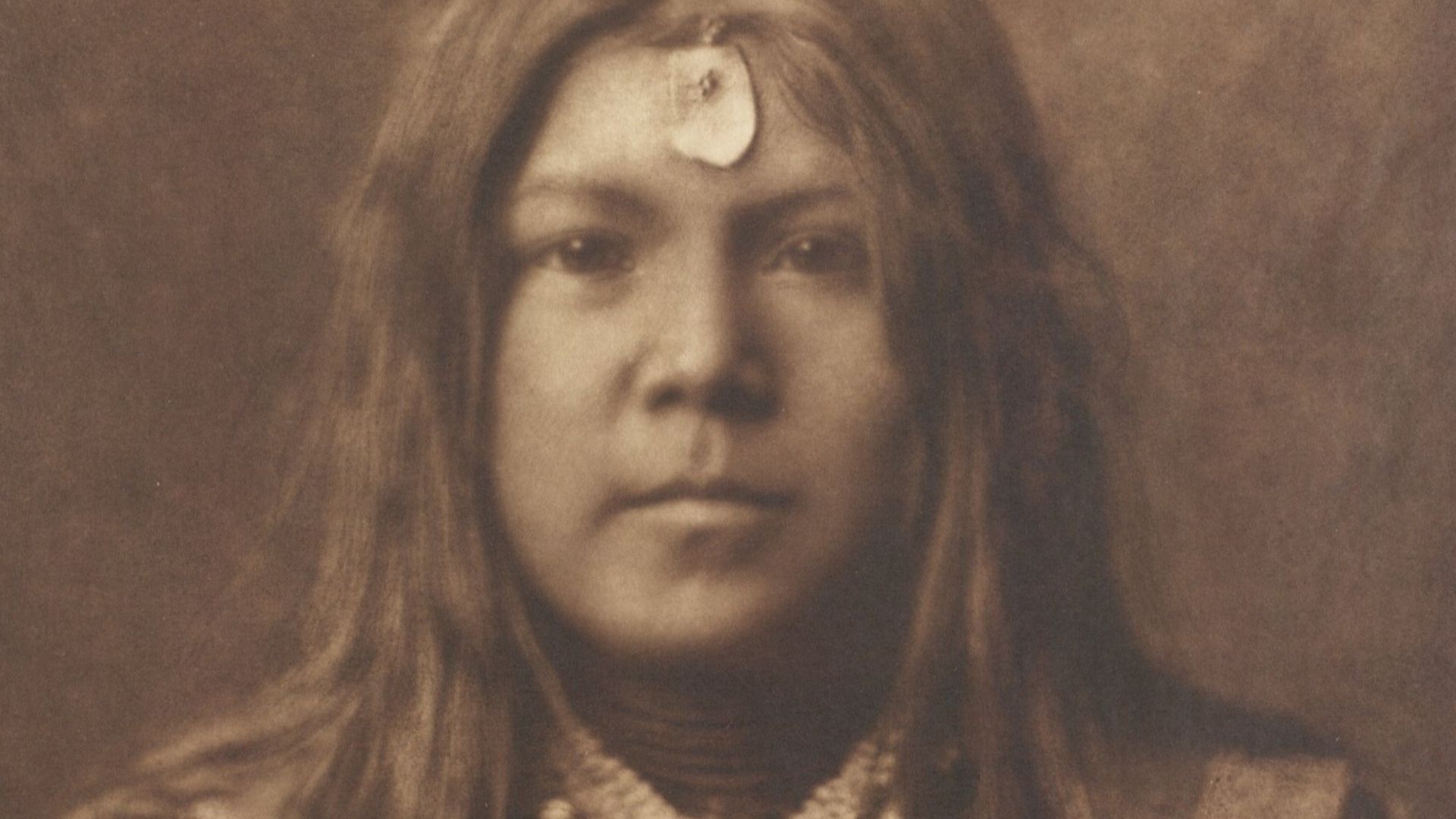 Smithsonian Institution from United States, Wikimedia Commons
Smithsonian Institution from United States, Wikimedia Commons
Apache (Cont.)
They used to fight alongside men when their communities were threatened. This gender equality in warfare was unusual among Native American clans and shocked Victorian-era observers. Additionally, the Apache language became an unexpected weapon during WWII, though less famous than the Navajo code talkers.
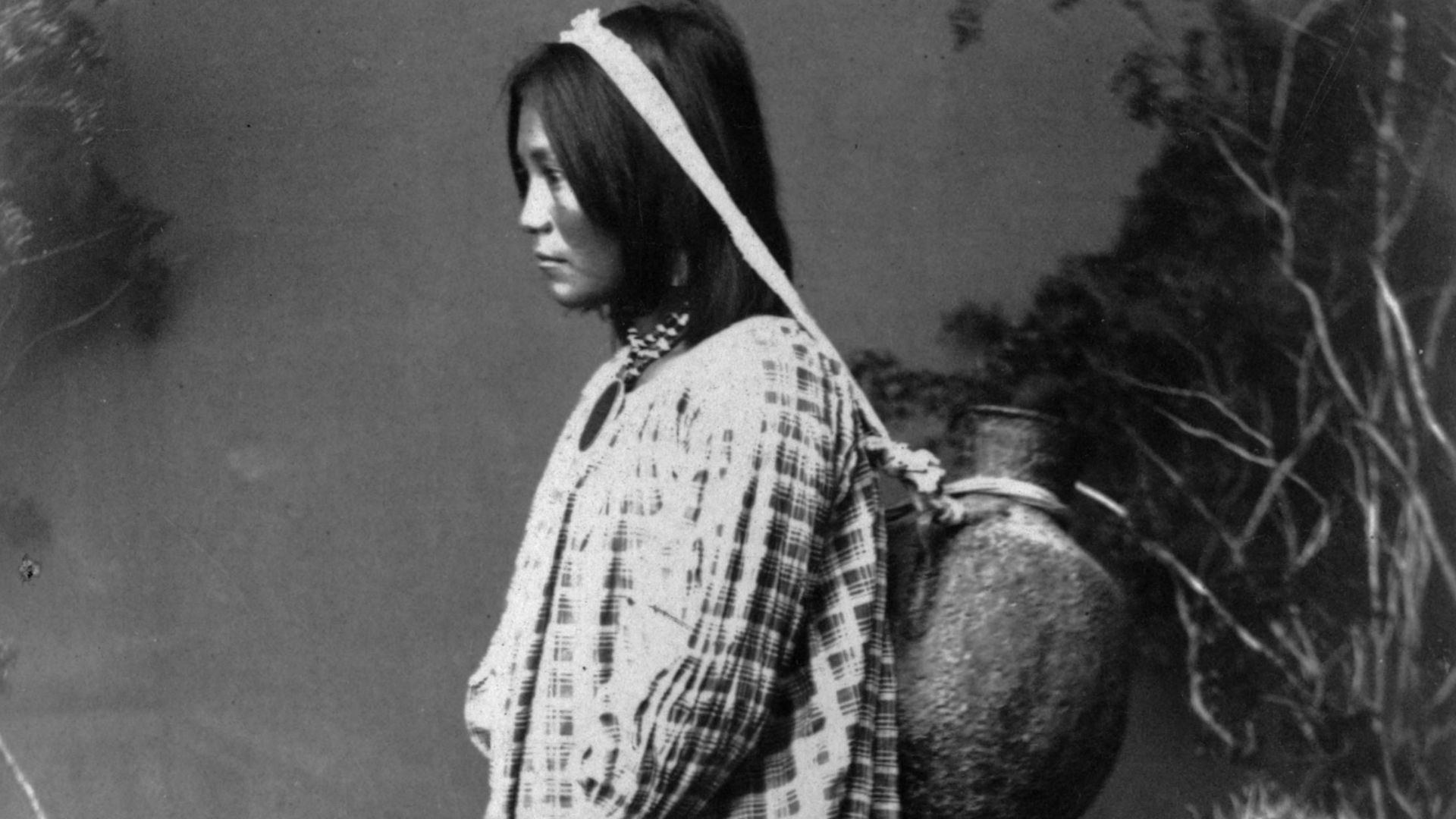 Randall, A. Frank. (but see [1]), Wikimedia Commons
Randall, A. Frank. (but see [1]), Wikimedia Commons
Navajo (Dine)
Astronomical knowledge distinguished Navajo culture, with their traditional calendar based on precise observations of star movements and lunar cycles. Navajo astronomers identified thirteen months in their year, each corresponding to specific agricultural and ceremonial activities. This understanding of celestial mechanics guided everything.
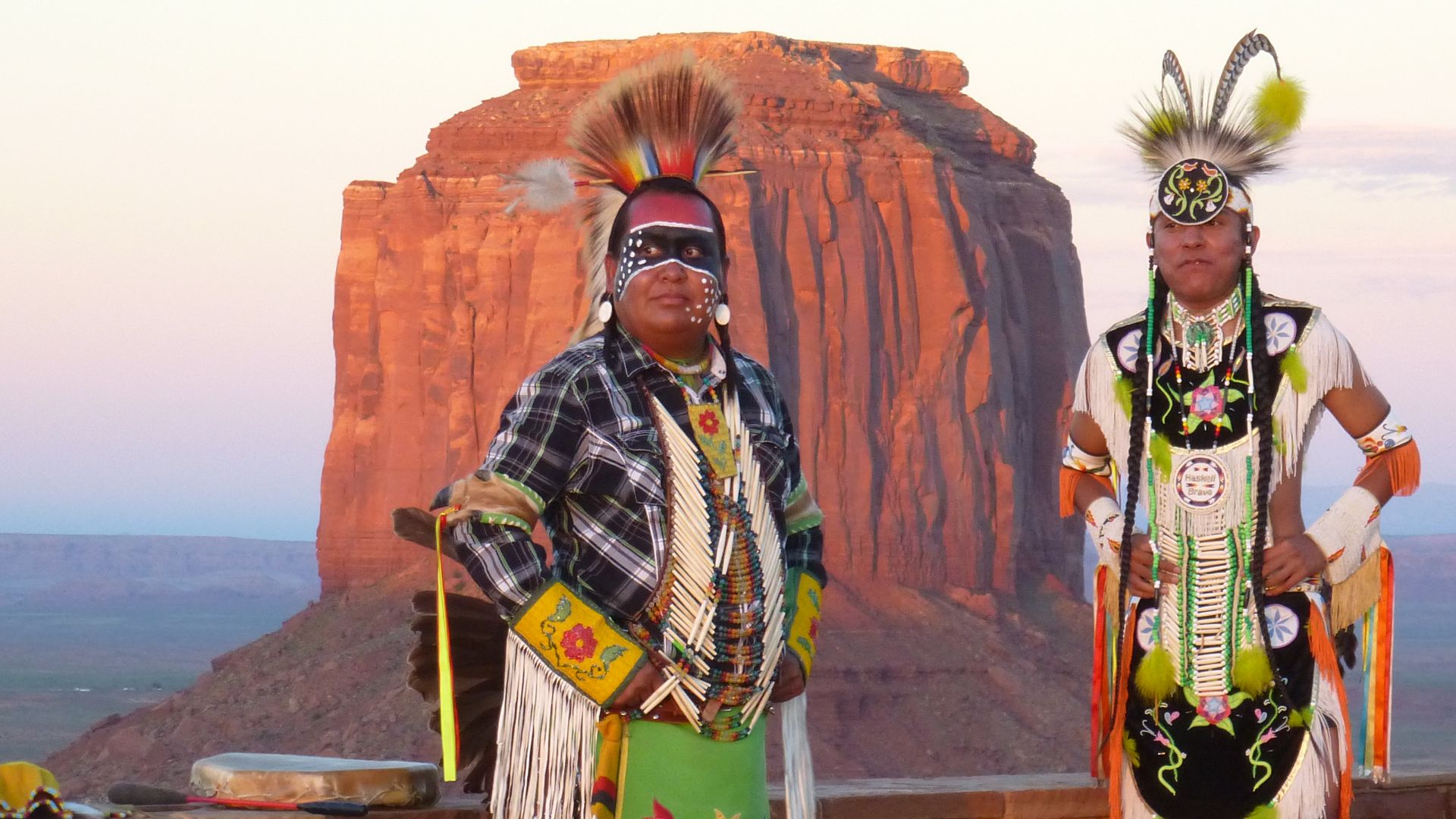 Luigi Selmi, Wikimedia Commons
Luigi Selmi, Wikimedia Commons
Navajo (Dine) (Cont.)
The Long Walk of 1864 is said to be one of the darkest chapters in American history, when 10,000 Navajo people were forcibly marched 300 miles to internment at Bosque Redondo. For four years, they endured failed crops and disease in this desolate New Mexico camp.
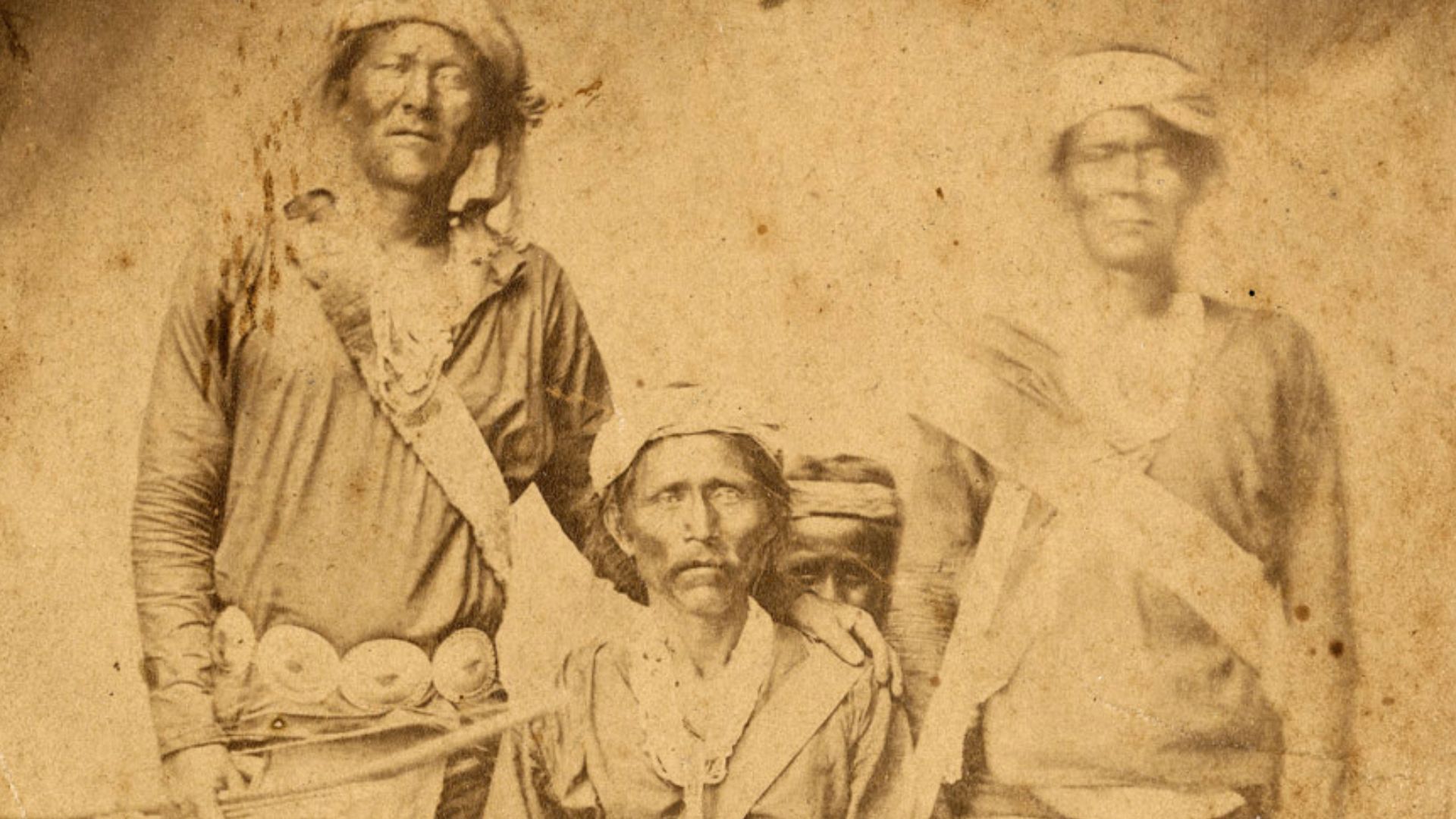 Unknown authorUnknown author, Wikimedia Commons
Unknown authorUnknown author, Wikimedia Commons
Navajo (Dine) (Cont.)
Their eventual return home in 1868 was seen as a spiritual rebirth for the nation, with the treaty establishing boundaries that remain largely intact to this day. Stretching 27,000 square miles beyond Arizona, New Mexico, and Utah, the Navajo Nation is larger than West Virginia.
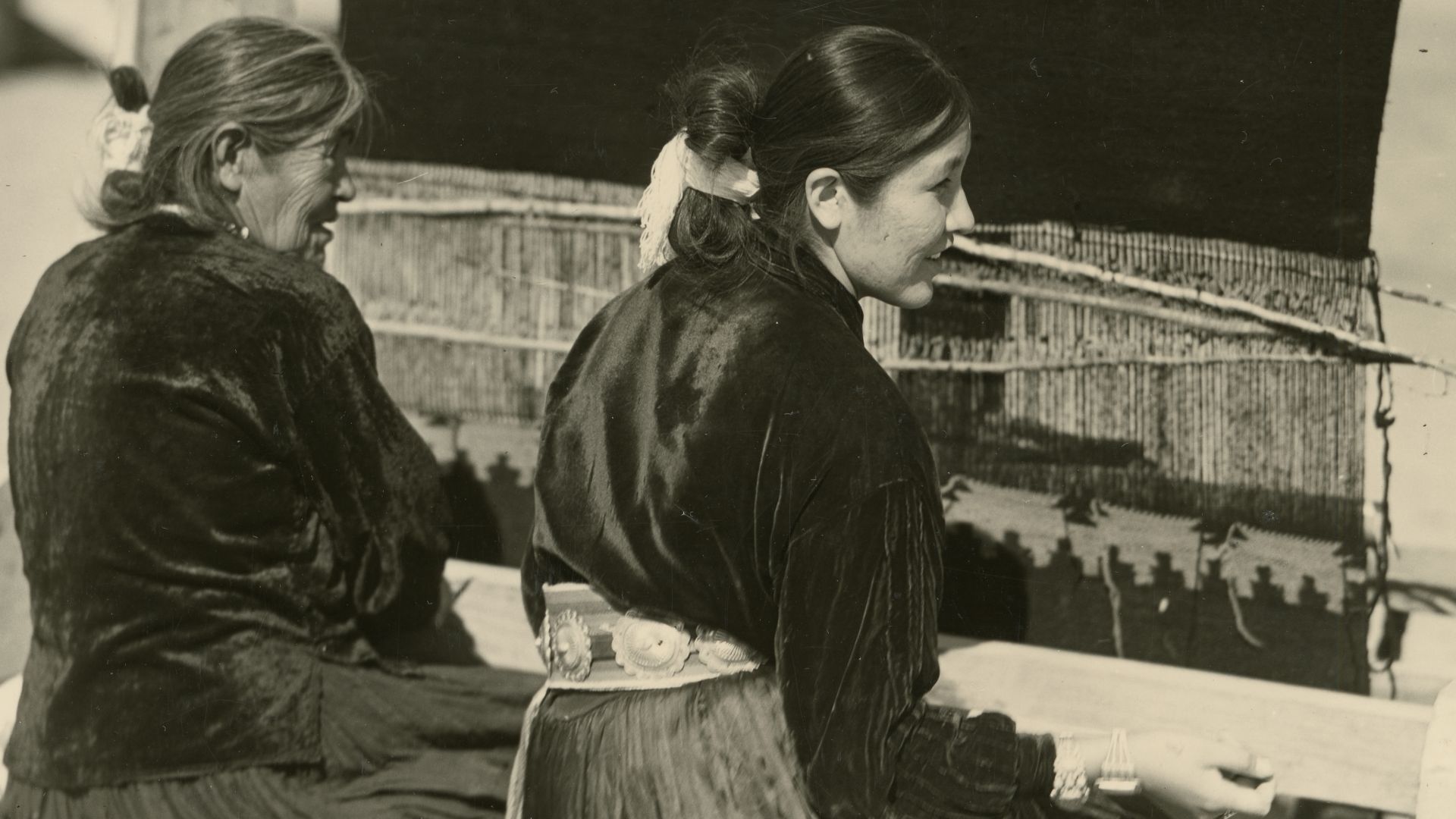 Milton Snow, for the U.S. Government, Wikimedia Commons
Milton Snow, for the U.S. Government, Wikimedia Commons
Blackfeet (Niitsitapi)
Diplomatic marriages resulted in extensive alliance networks that made the Blackfeet Confederacy one of the most potent political forces on the northern Plains. Chiefs strategically arranged unions between bands and even with neighboring clans, forming kinship bonds that facilitated trade, military cooperation, and conflict resolution.
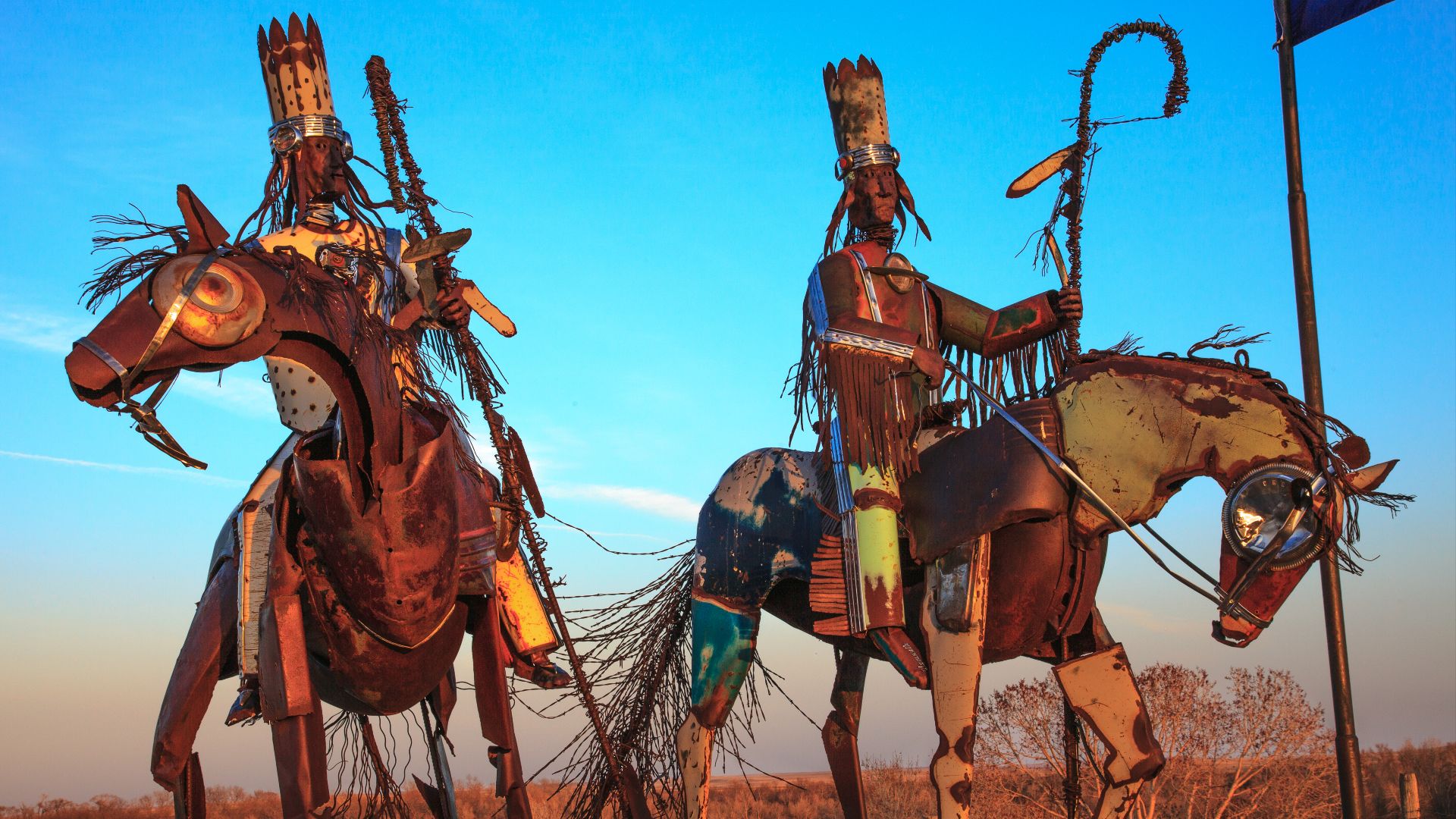 Murray Foubister, Wikimedia Commons
Murray Foubister, Wikimedia Commons
Blackfeet (Niitsitapi) (Cont.)
Their medicine bundles contained sacred objects accumulated over generations, with some bundles holding items dating back centuries and carrying immense spiritual power. The Beaver Bundle, Thunder Pipe, and other collections required specific ceremonies, songs, and rituals for proper care. Ownership of these items brought great prestige.
 National Photo Company Collection, Wikimedia Commons
National Photo Company Collection, Wikimedia Commons
Blackfeet (Niitsitapi) (Cont.)
Blackfeet winter counts recorded tribal history through pictographic symbols painted on buffalo hides. Each symbol mirrored essential events from a particular year, such as severe winters, enemy raids, memorable hunts, or supernatural occurrences. These visual chronicles helped tribal historians retain accurate oral traditions.
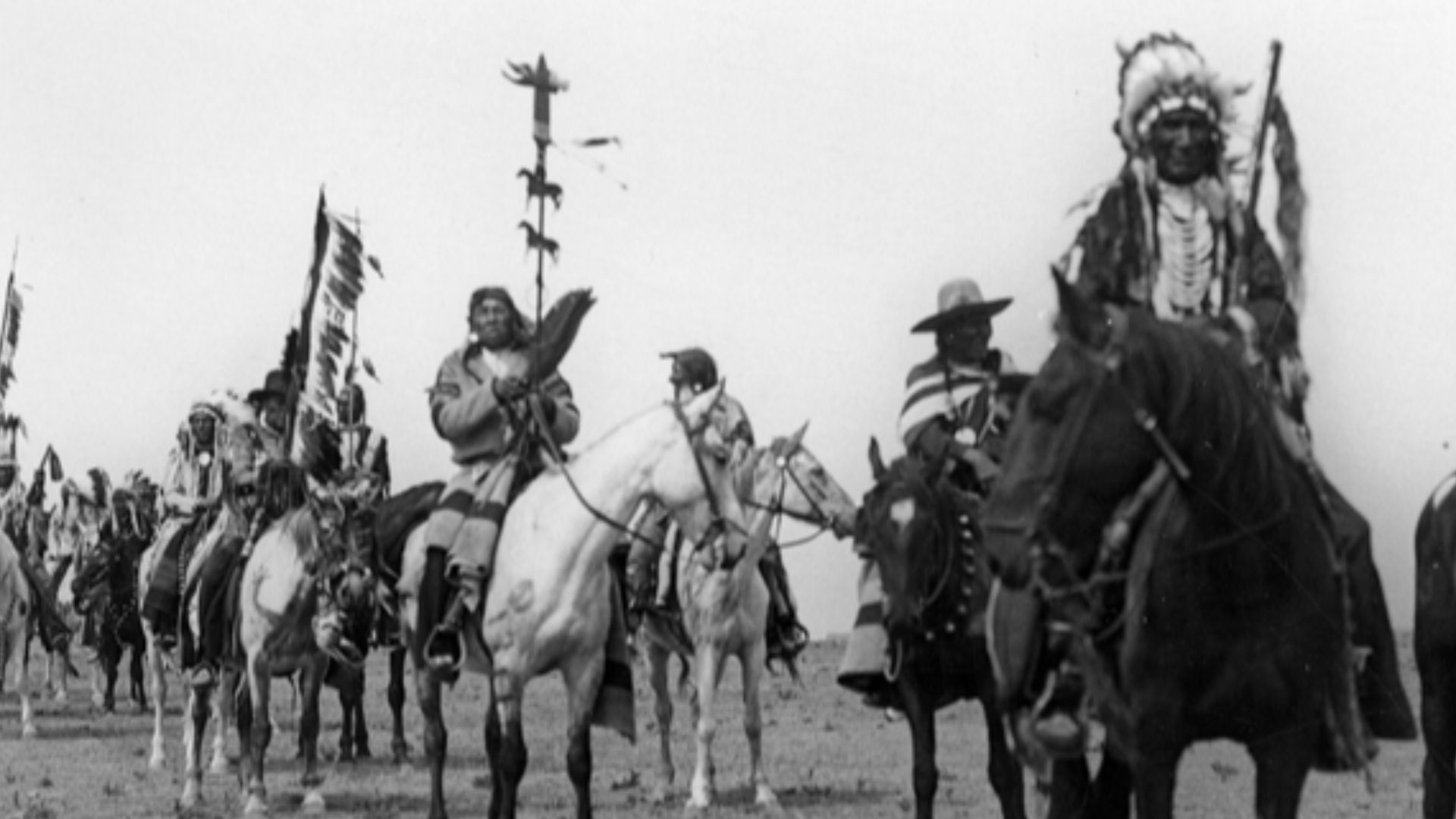 Galt Museum & Archives on The Commons, Wikimedia Commons
Galt Museum & Archives on The Commons, Wikimedia Commons
Choctaw
In 1918, eight Choctaw soldiers used their native language to transmit battle plans across French battlefields, creating the first successful Native American military code. German forces, who had been intercepting Allied communications, were baffled by this linguistic puzzle, giving American troops an advantage in the final months.
 Unknown authorUnknown author, Wikimedia Commons
Unknown authorUnknown author, Wikimedia Commons
Choctaw (Cont.)
The Choctaw faced brutal forced relocations when President Andrew Jackson's Indian Removal Act of 1830 targeted their Mississippi homeland. They were among the first to endure what became known as the Trail of Tears. Thousands died from disease, starvation, and exposure, yet survivors rebuilt their nation.
 Unknown authorUnknown author, Wikimedia Commons
Unknown authorUnknown author, Wikimedia Commons
Seminole
Architectural innovation emerged from necessity as Seminoles developed the chickee, an open-sided structure perfectly adapted to Florida's humid climate and frequent storms. These platforms with thatched roofs provided shelter while allowing maximum airflow, and their lack of walls meant hurricanes couldn't destroy them.
 Unknown authorUnknown author, Wikimedia Commons
Unknown authorUnknown author, Wikimedia Commons
Seminole (Cont.)
By the way, modern Florida architects still incorporate chickee principles into contemporary buildings. Their adoption and integration of escaped slaves crafted a multicultural society that challenged prevailing racial hierarchies throughout the antebellum South. African Americans who joined Seminole bands often became influential advisors, warriors, and even chiefs.
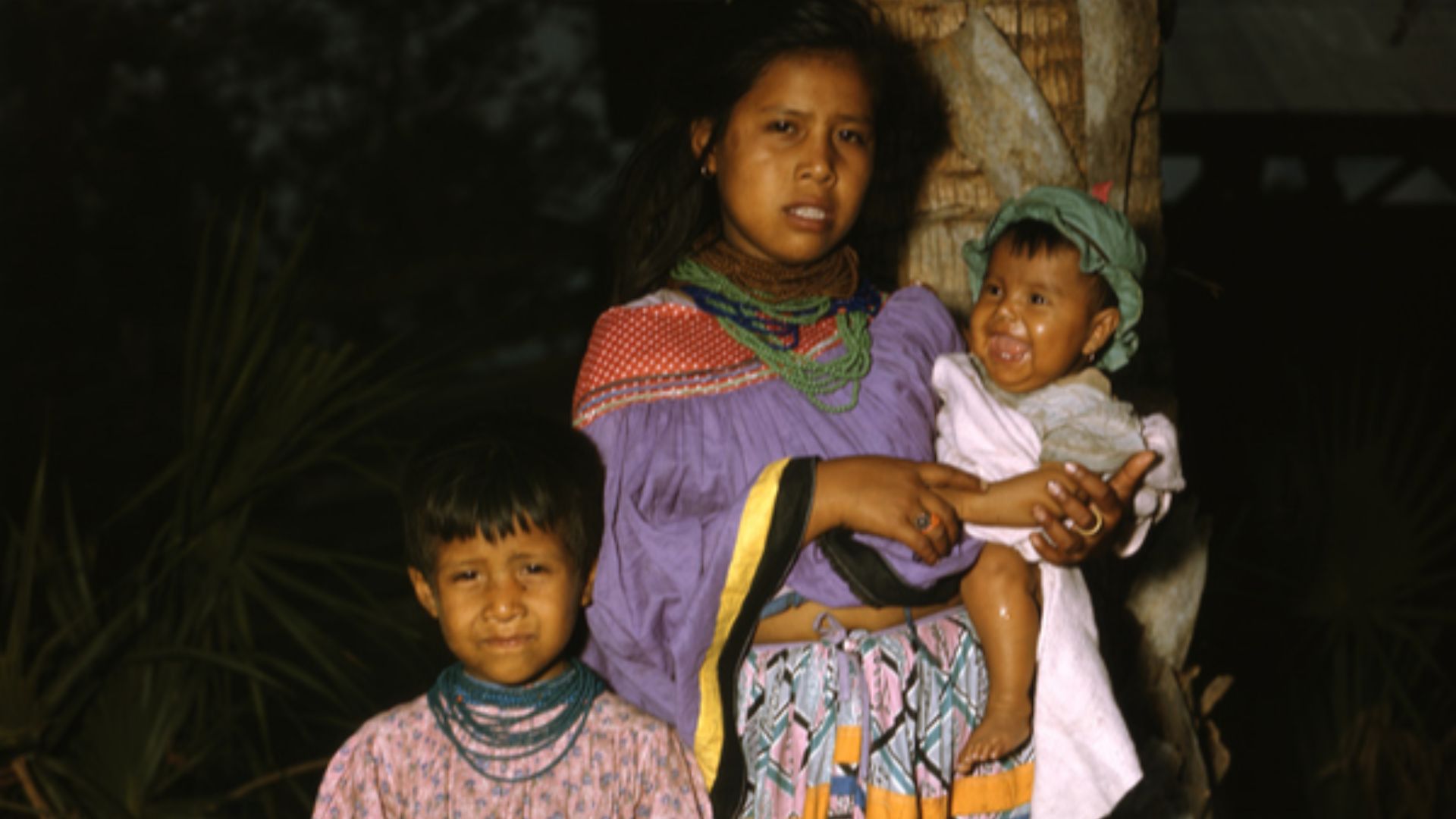 State Library and Archives of Florida, Wikimedia Commons
State Library and Archives of Florida, Wikimedia Commons
Shoshone
The Shoshone (also spelled Shoshoni), sometimes referred to as the "Snake Indians," are a Native American people with a history dating back more than 10,000 years in the Great Basin and Great Plains regions. This includes present-day Nevada, Idaho, Utah, and parts of Wyoming and California.
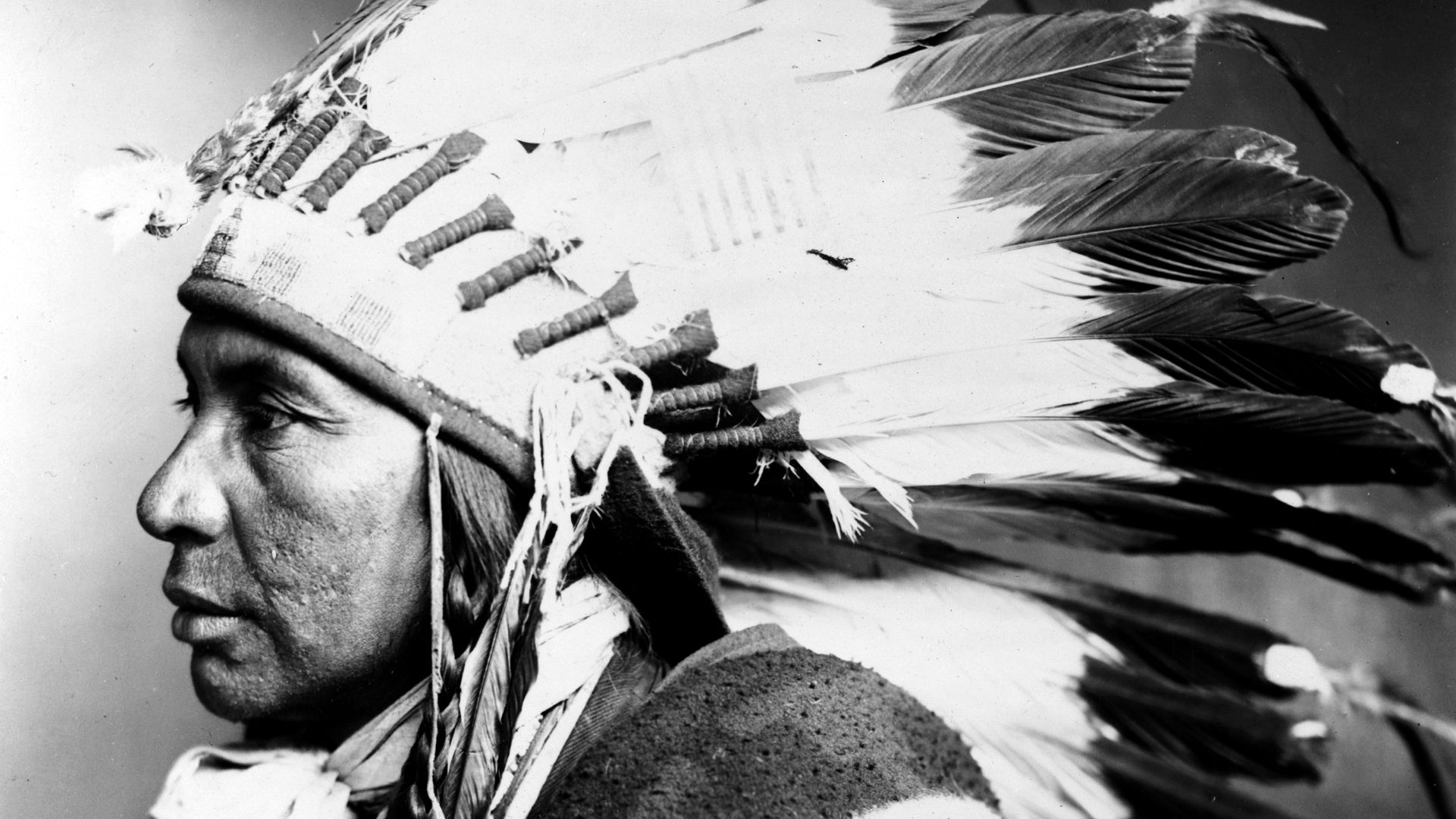 Rose & Hopkins photographers, Denver, Wikimedia Commons
Rose & Hopkins photographers, Denver, Wikimedia Commons
Shoshone (Cont.)
The clan became known for their skill in basket making rather than jewelry. After acquiring horses in the late 17th century, some Shoshone bands adopted Plains Indian traits, such as buffalo hunting and living in tepees. Specifically, these groups formed loosely organized bands of warriors and hunters.
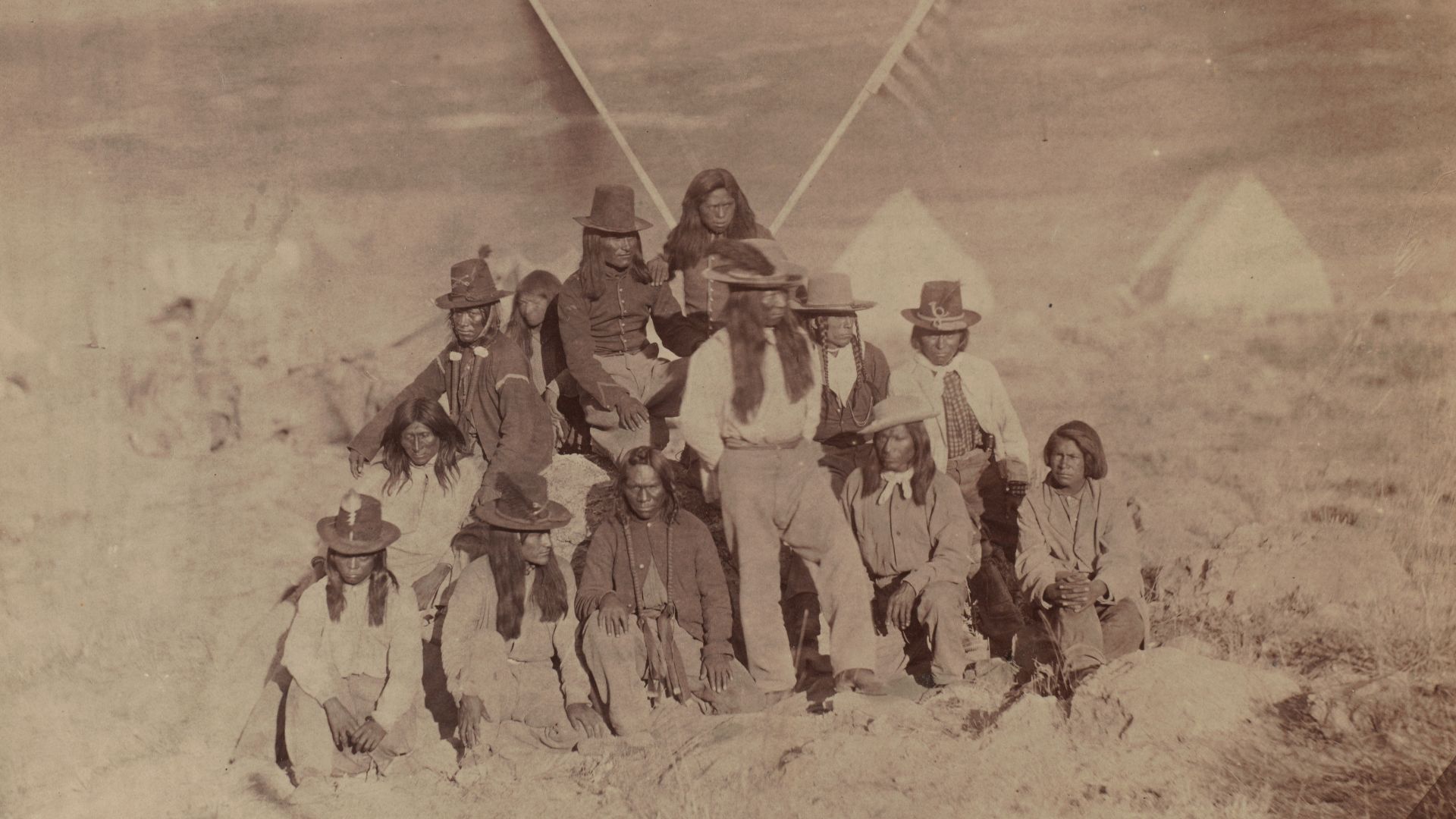 Timothy H. O'Sullivan, Wikimedia Commons
Timothy H. O'Sullivan, Wikimedia Commons
Shoshone (Cont.)
It is said that they experienced increasing pressure from other tribes, including the Blackfeet, Crow, Sioux, and Cheyenne. This would happen mainly due to competition over resources and shifting territorial boundaries following the introduction of horses and firearms to the Plains.
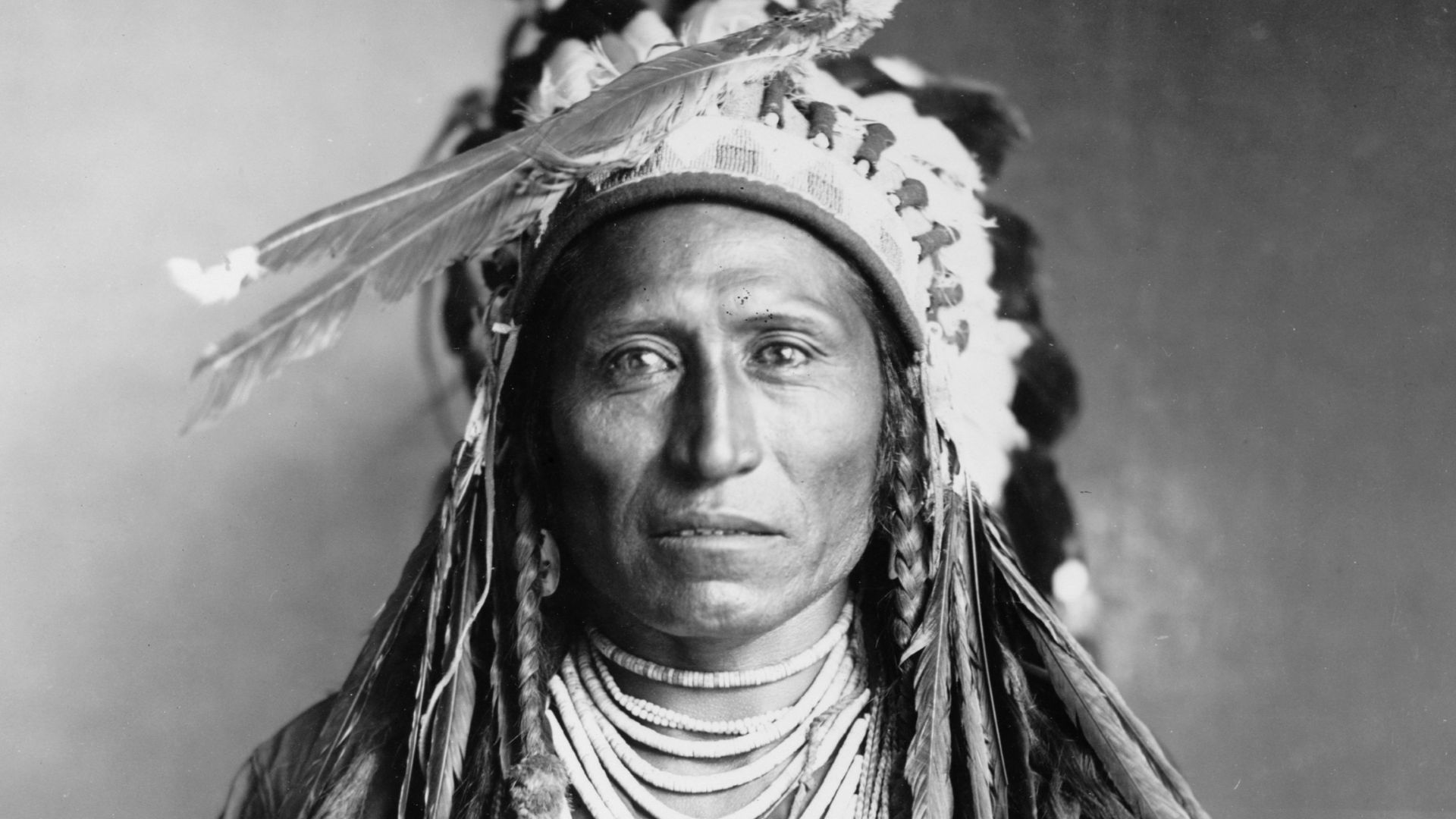 Rose & Hopkins, photographer, Wikimedia Commons
Rose & Hopkins, photographer, Wikimedia Commons
Iroquois (Haudenosaunee)
The Great Law of Peace, set up around 1142, gave rise to a federal system uniting five nations. These were Mohawk, Oneida, Onondaga, Cayuga, and Seneca. The Tuscarora joined as the sixth nation in 1722, but the confederacy's foundational principles had already influenced centuries of peaceful governance.
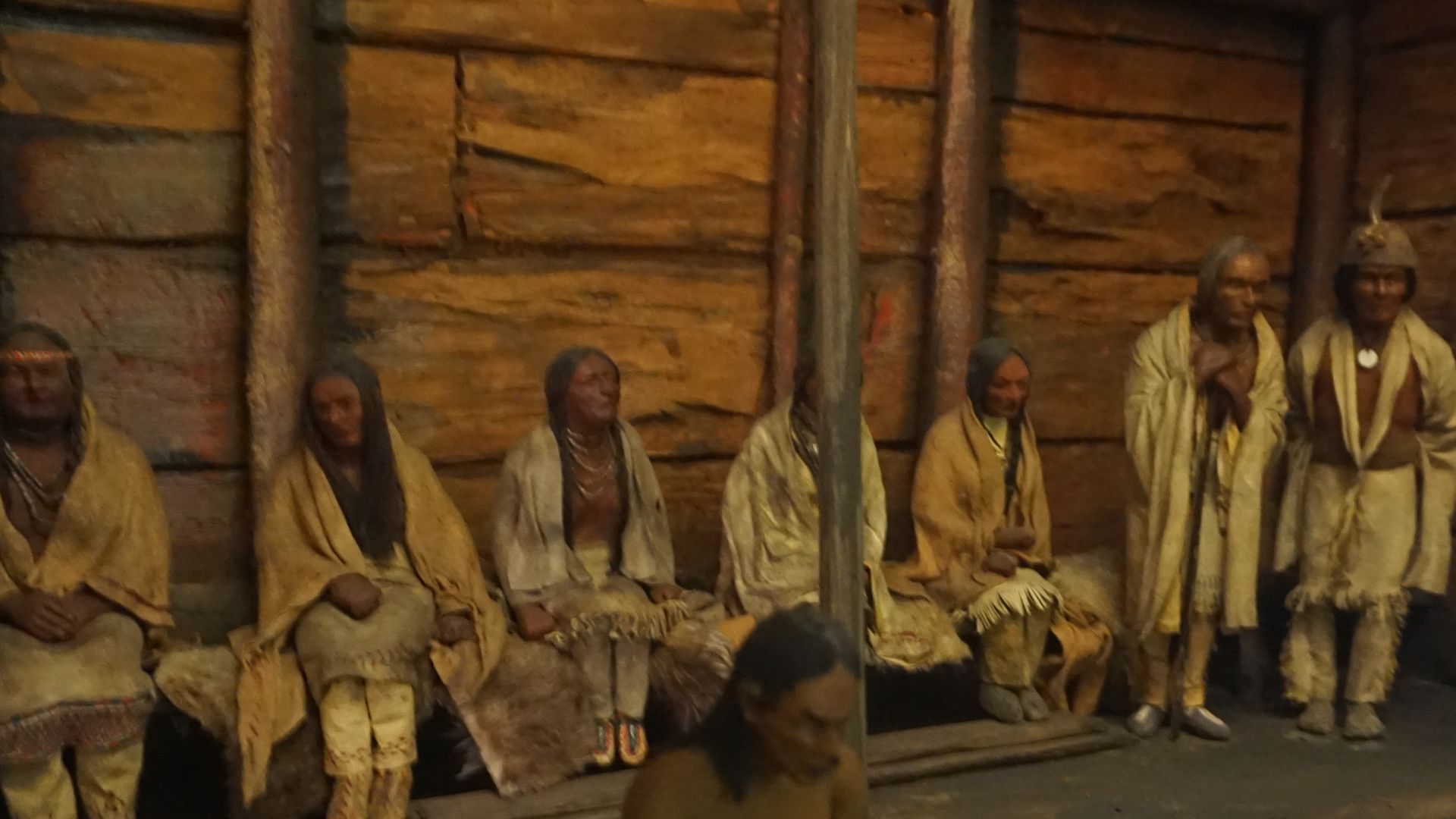 Michael Barera, Wikimedia Commons
Michael Barera, Wikimedia Commons
Iroquois (Haudenosaunee) (Cont.)
Their constitution lived on wampum belts with intricate shell bead patterns. The Grand Council was divided into Elder and Younger Brothers, which was an early bicameral system. Besides, Clan Mothers held the power to select and remove chiefs. This matrilineal society granted women central political authority.
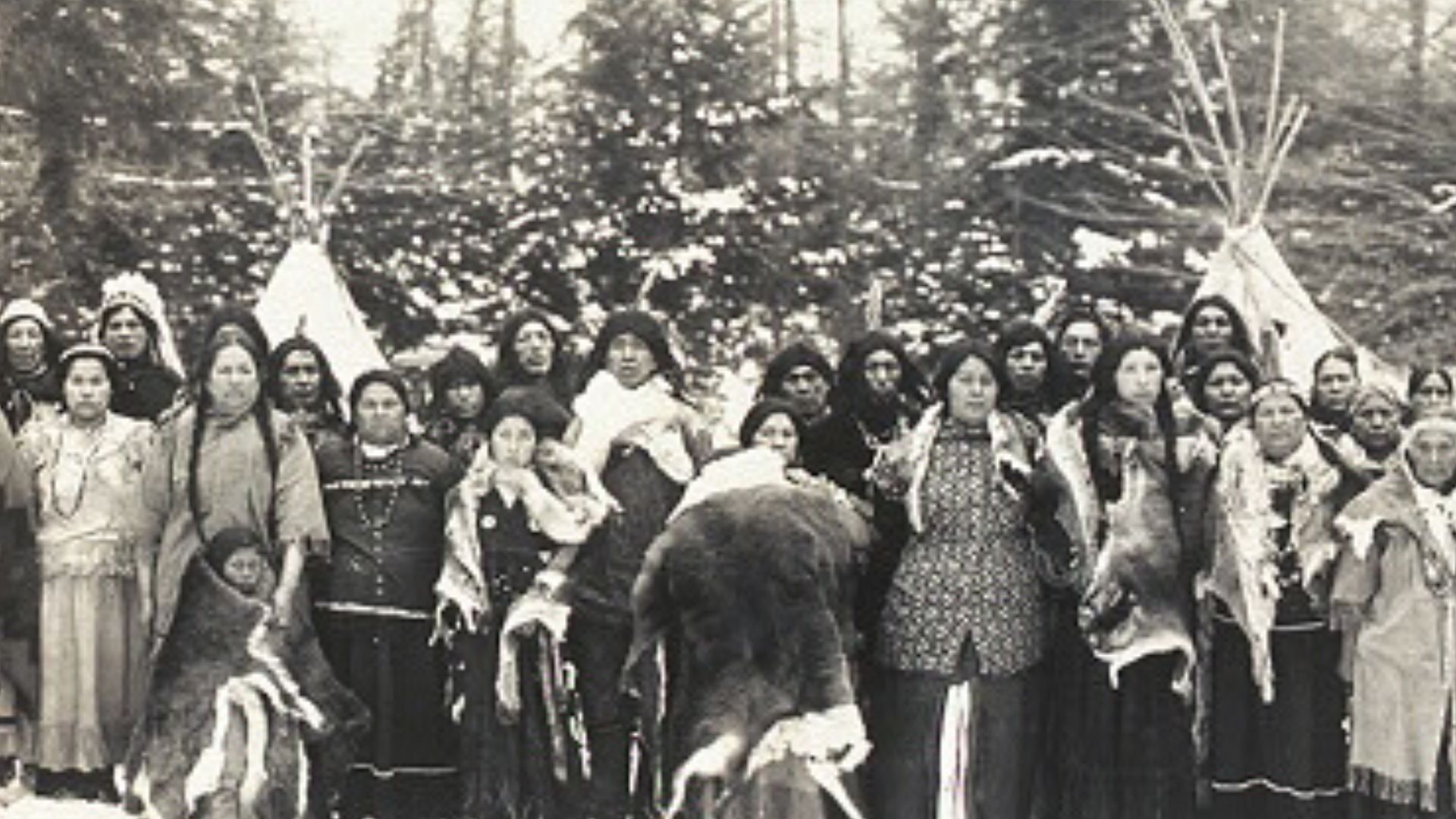 Uploaded to EN wiki by Chris 73, Wikimedia Commons
Uploaded to EN wiki by Chris 73, Wikimedia Commons
Iroquois (Haudenosaunee) (Cont.)
Benjamin Franklin repeatedly drew on Iroquois wisdom while struggling to unite the fractious thirteen colonies. Haudenosaunee representatives even addressed the Continental Congress in 1776. The seventh generation principle, requiring all decisions to benefit seven generations into the future, remains a profound contribution.
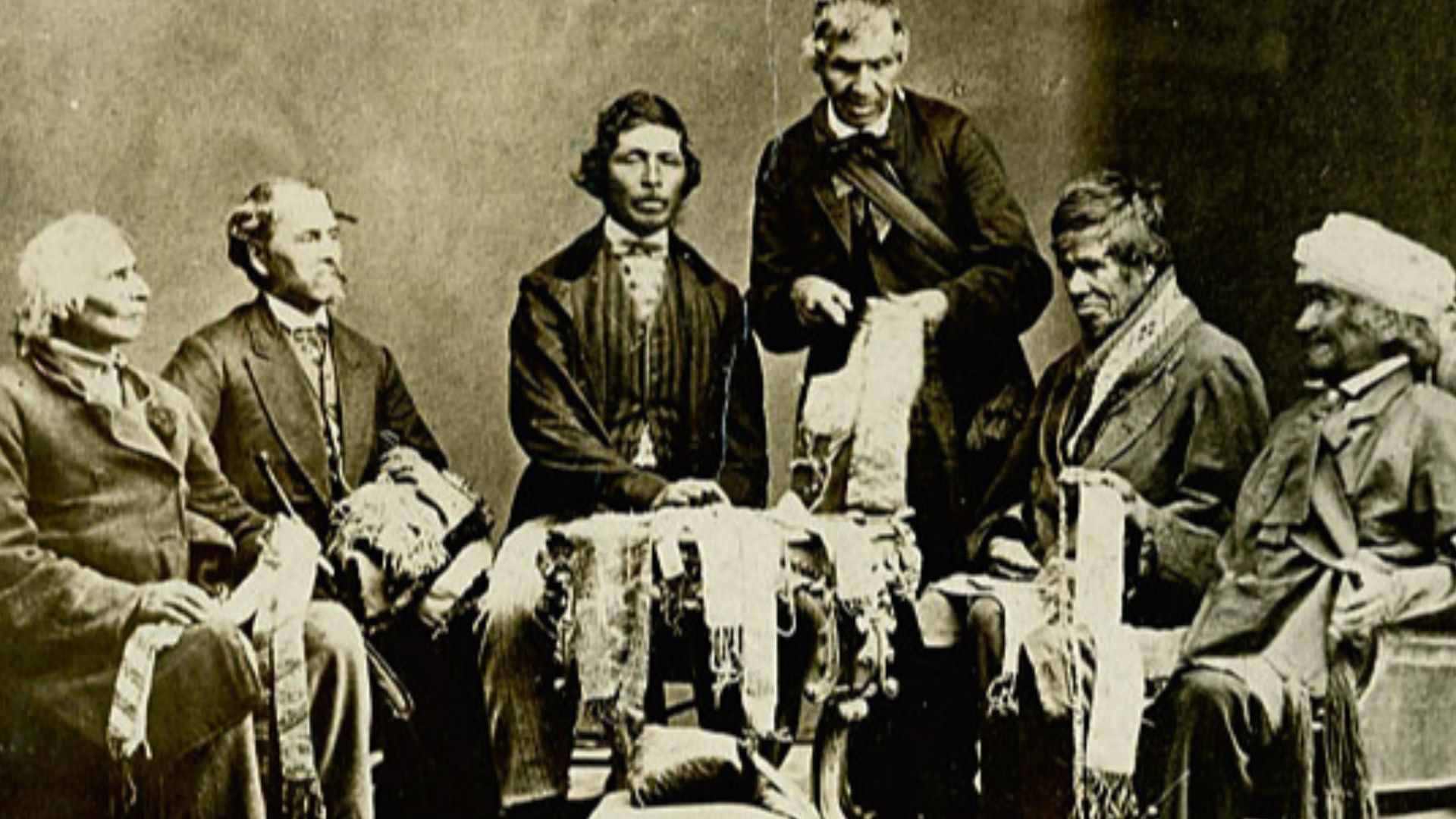 Hale, Horatio (collector), Wikimedia Commons
Hale, Horatio (collector), Wikimedia Commons
Ute
Mountain peaks dominated Ute spirituality long before Europeans arrived in the Rocky Mountain region. Bands like the Tabeguache called Pikes Peak "Tavakiev," meaning sun mountain. They developed one of North America's most mobile societies, following seasonal rounds that maximized resource gathering.
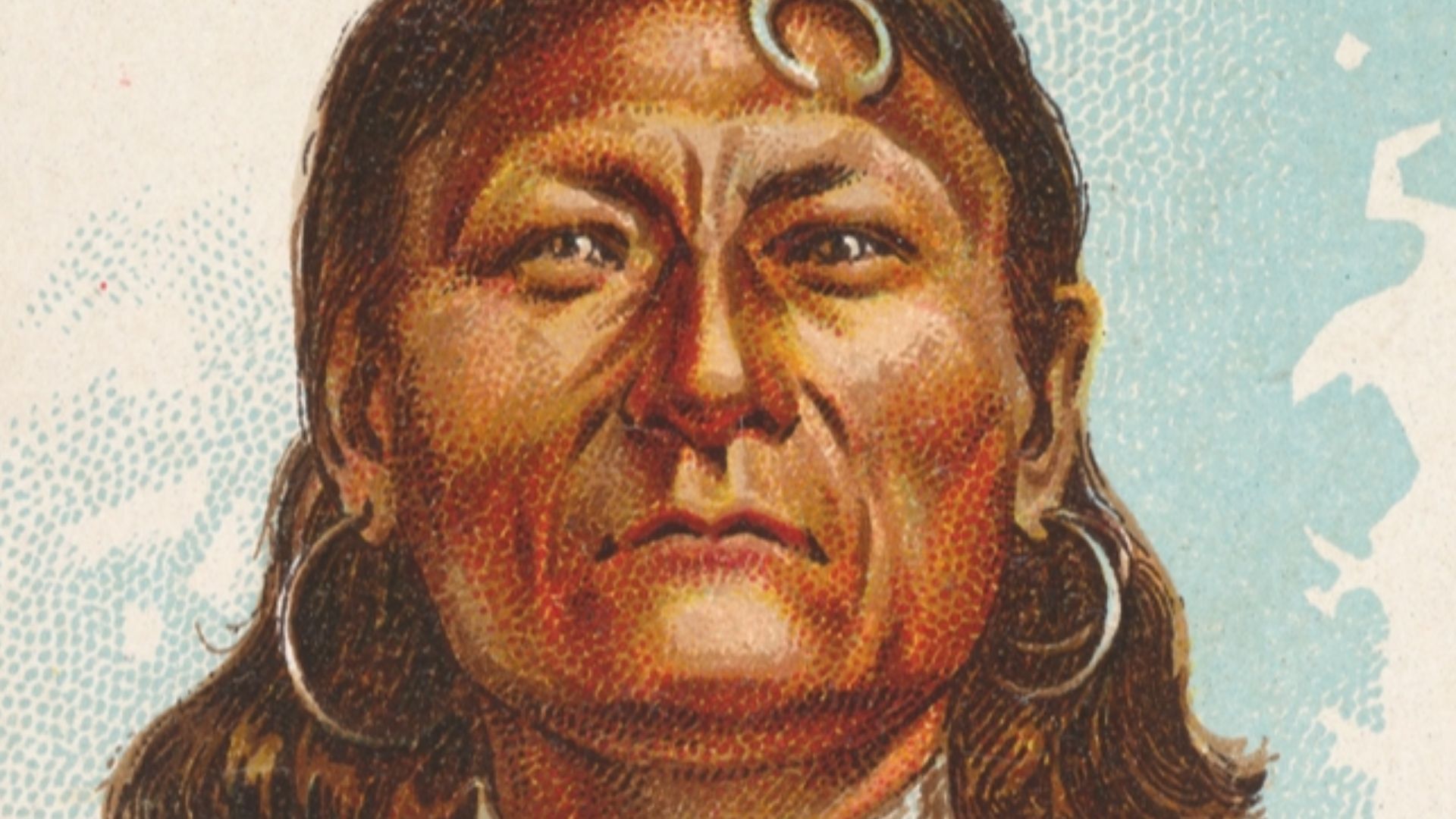 Allen & Ginter, Wikimedia Commons
Allen & Ginter, Wikimedia Commons
Ute (Cont.)
Their intimate knowledge of high-altitude survival techniques allowed them to thrive where other cultures struggled to establish permanent settlements. Spanish traders introduced horses around 1640, enhancing Ute society and making them amazing horsemen across the American West. They selectively bred for endurance rather than speed.
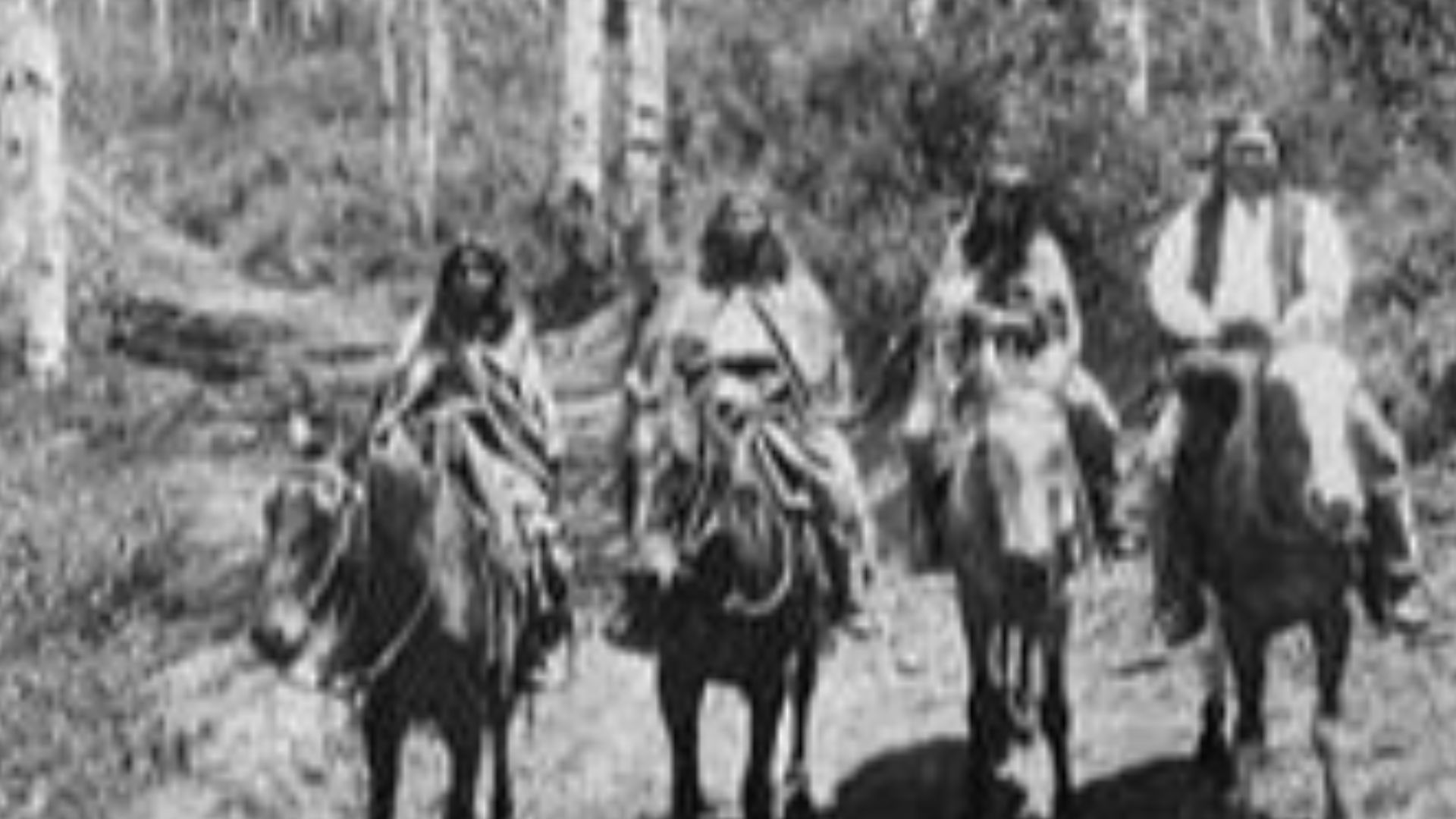 Bobby~commonswiki, Wikimedia Commons
Bobby~commonswiki, Wikimedia Commons
Ute (Cont.)
These superior horses became highly sought after by neighboring tribes and early American settlers. The Bear Dance and Sun Dance ceremonies connected Ute communities to cosmic cycles and natural rhythms essential for mountain survival. Ponderosa pine trees still bear scars from bark harvesting.
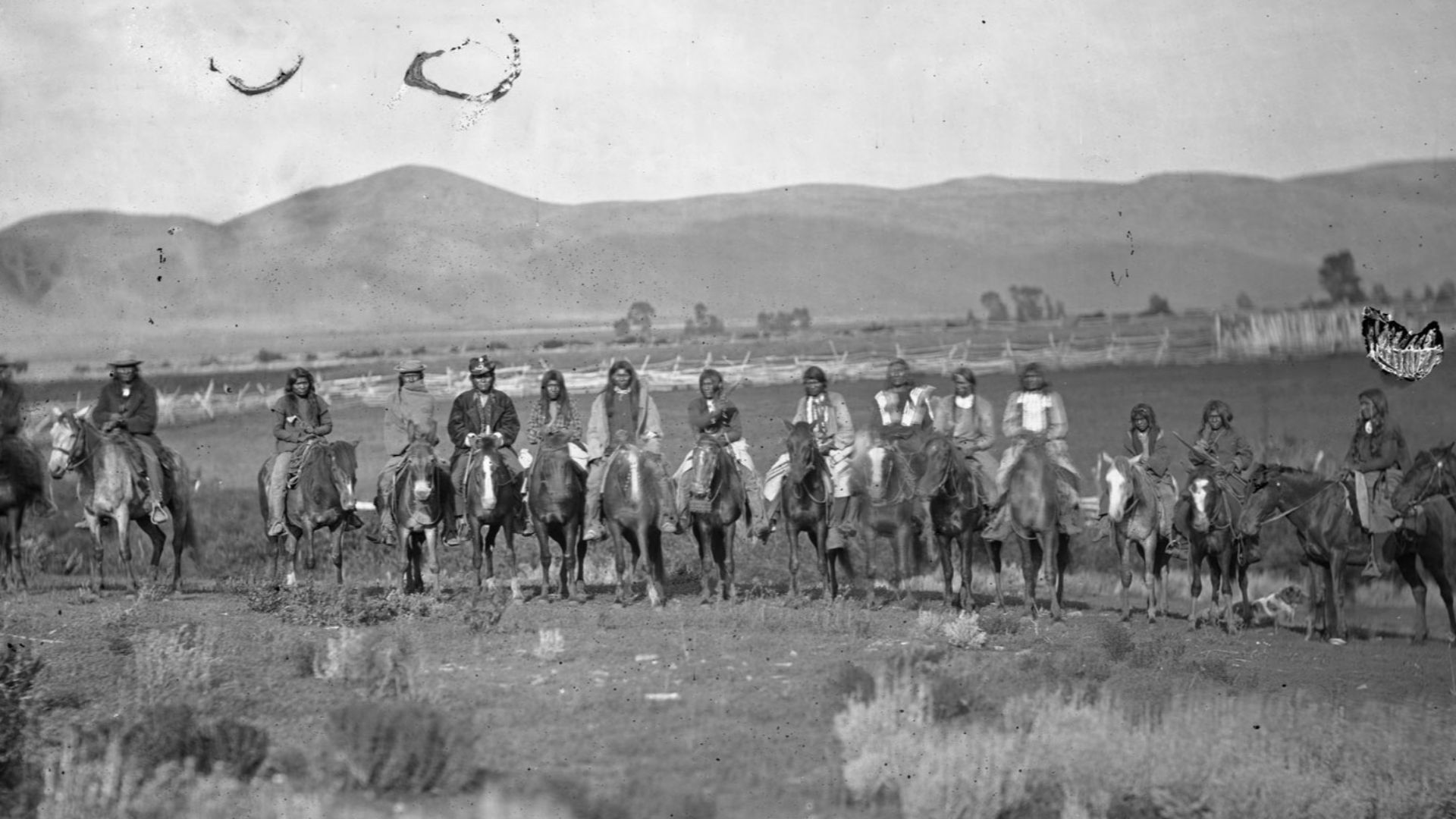 Andrew J. Russell, Wikimedia Commons
Andrew J. Russell, Wikimedia Commons
Ojibwe (Chippewa, Anishinaabe)
Wild rice harvesting shaped Ojibwe identity for more than a thousand years, with families returning to the same lakes each autumn. They developed specialized canoes and harvesting tools adapted for gathering manoomin, the sacred grain that sustained communities in times of not-so-great northern winters.
 George Catlin, Wikimedia Commons
George Catlin, Wikimedia Commons
Ojibwe (Chippewa, Anishinaabe) (Cont.)
Apparently, birchbark scrolls recorded complex migration stories and spiritual teachings in a writing system that predated European contact by centuries. These detailed pictographic records documented the Seven Fires prophecy, which guided Ojibwe westward migration from the Atlantic coast to the Great Lakes region.
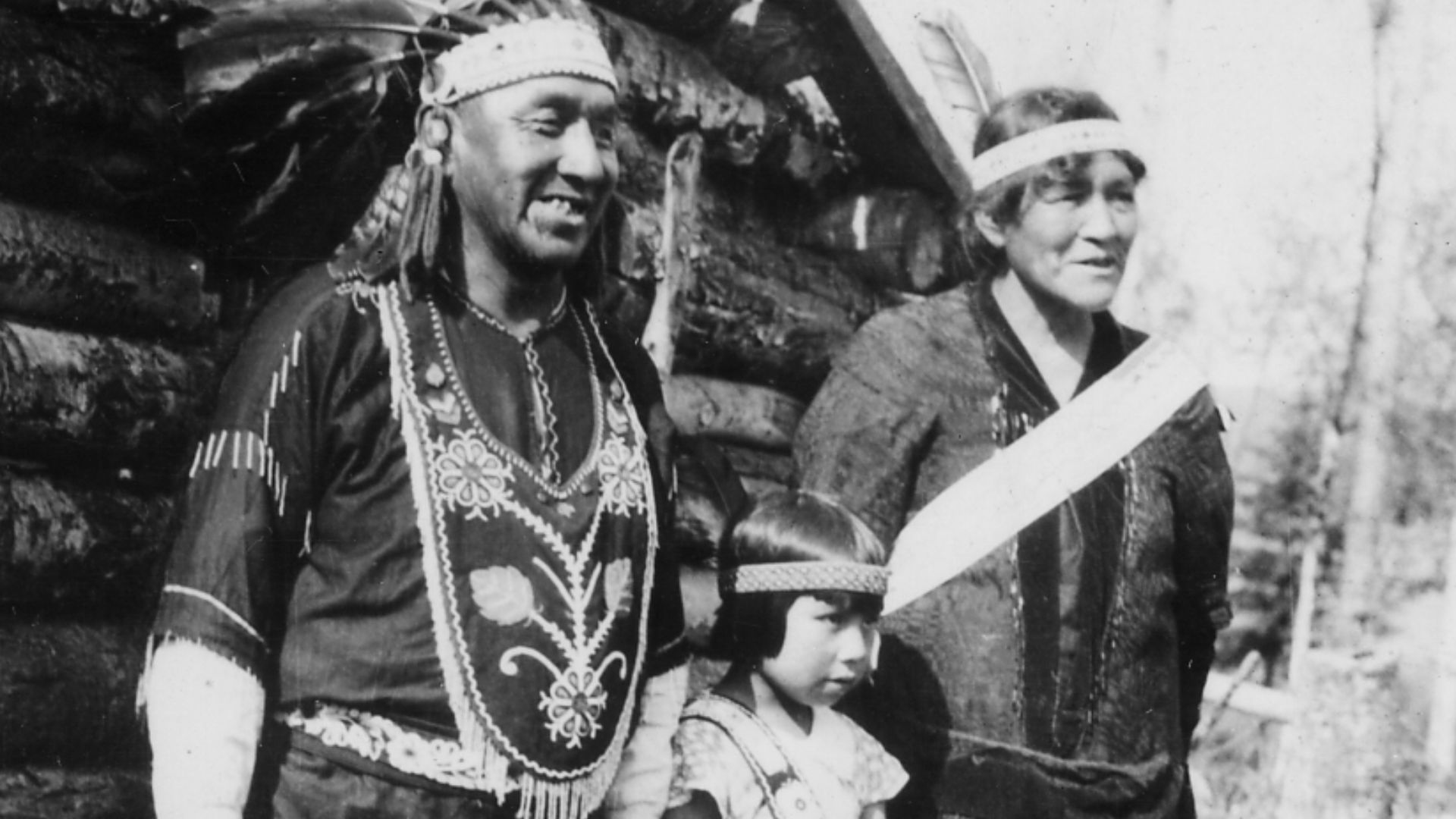 Unknown authorUnknown author or not provided, Wikimedia Commons
Unknown authorUnknown author or not provided, Wikimedia Commons
Ojibwe (Chippewa, Anishinaabe) (Cont.)
Oral traditions and archaeological evidence indicate a westward migration from the Atlantic coast along the Saint Lawrence River. A couple of significant stops were made at places like Montreal, Niagara Falls, and Detroit, before settling in the Great Lakes. At each of these locations, they held ceremonies.
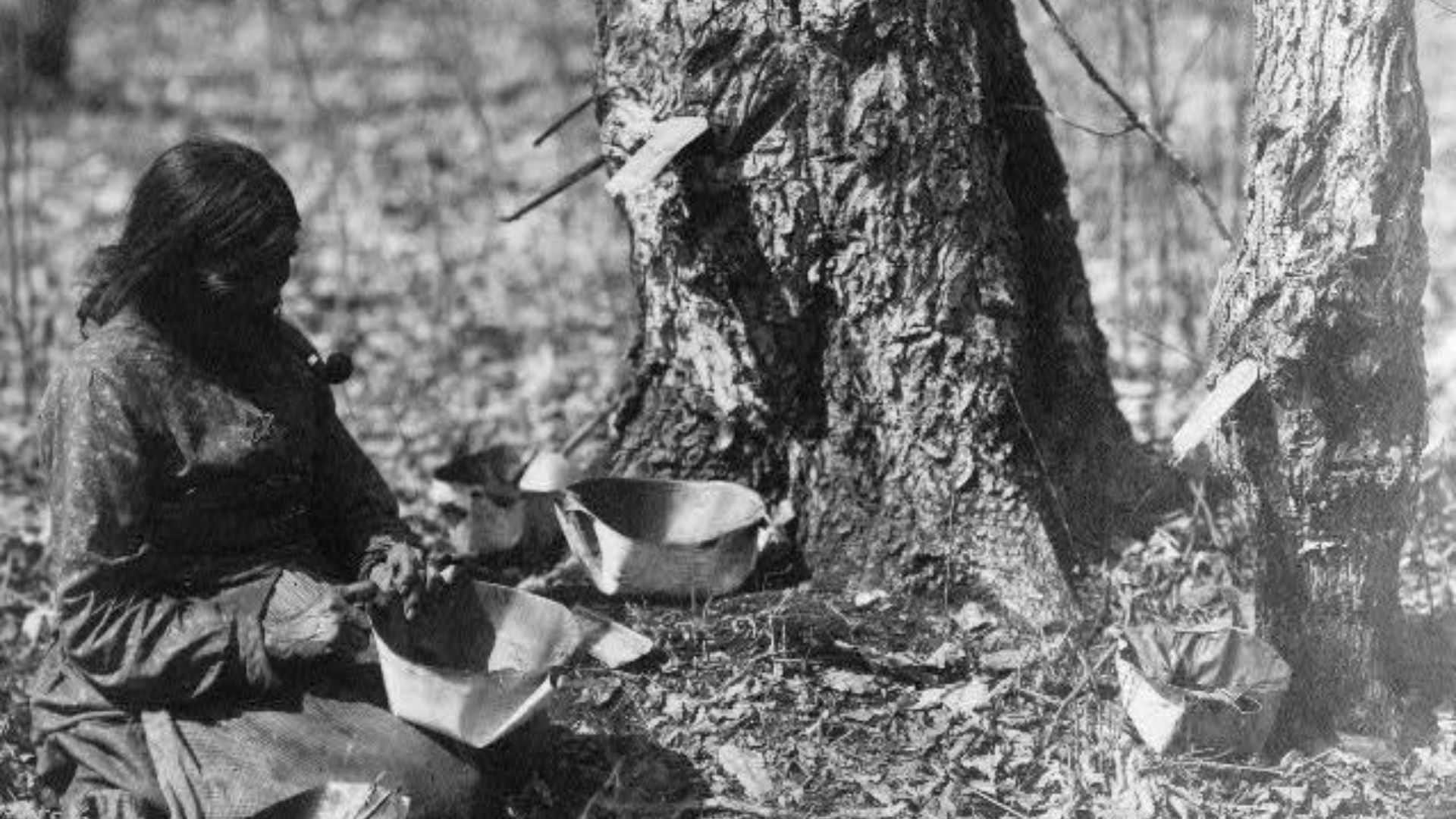 Reed, Roland, Wikimedia Commons
Reed, Roland, Wikimedia Commons
Cherokee
Sequoyah's syllabary truly revolutionized Native American education when he completed his 85-character writing system in 1821. They were given the first indigenous North American writing system, created by a member of a pre-literate society. Working alone for twelve years, this Cherokee silversmith couldn't read English.
Cherokee (Cont.)
Yet, he developed symbols that represented each syllable in spoken Cherokee, enabling instant literacy once the system was learned. His six-year-old daughter, Ahyoka, helped prove the system's effectiveness by reading words her father had written while she was out of the room.
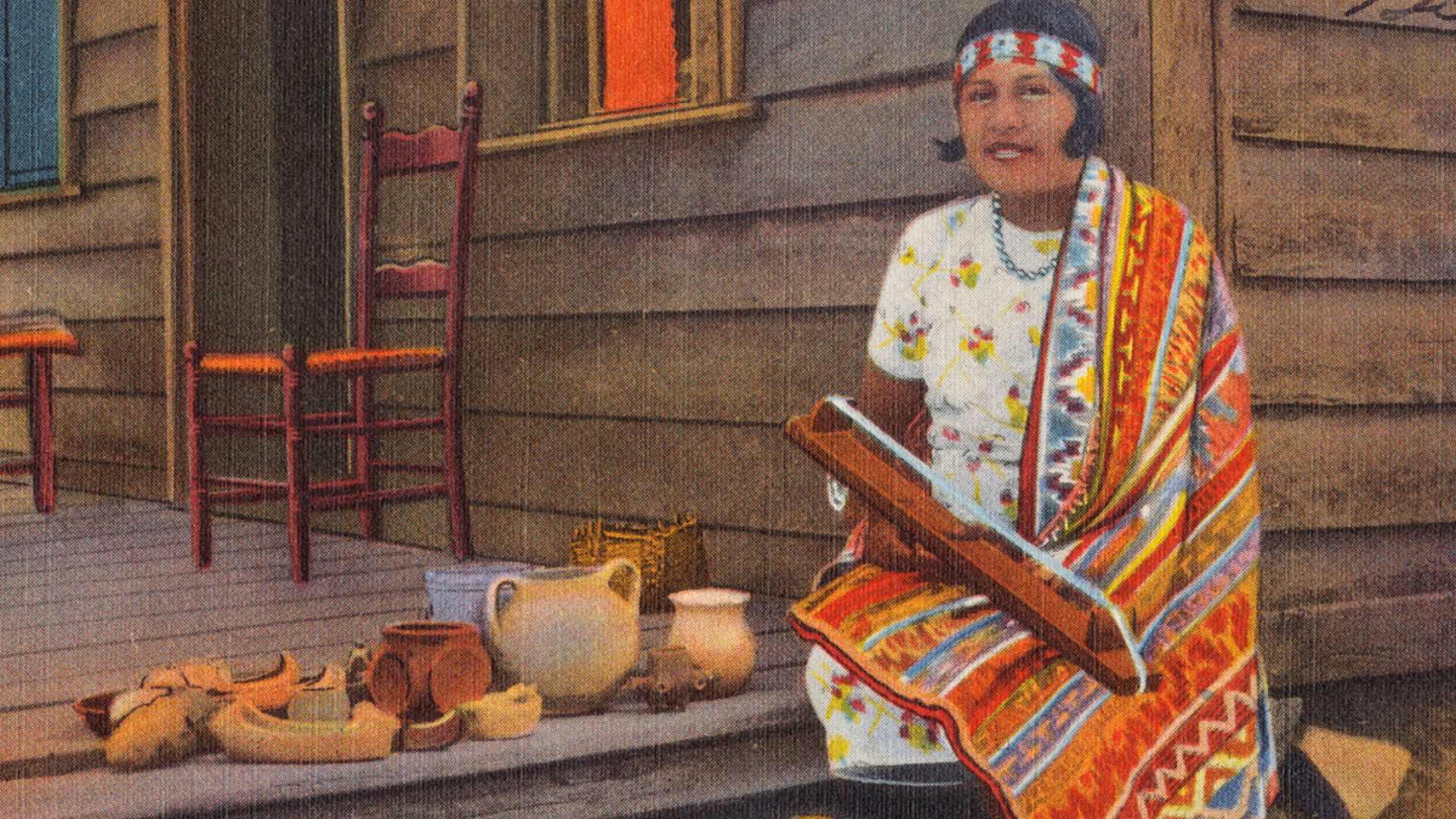 Boston Public Library, Wikimedia Commons
Boston Public Library, Wikimedia Commons
Cherokee (Cont.)
Within five years of its introduction, approximately 90 percent of Cherokees could read and write in their own language. In order to reach a wider readership, the Cherokee Phoenix was published in both Cherokee and English in 1828, making it the first Native American newspaper.
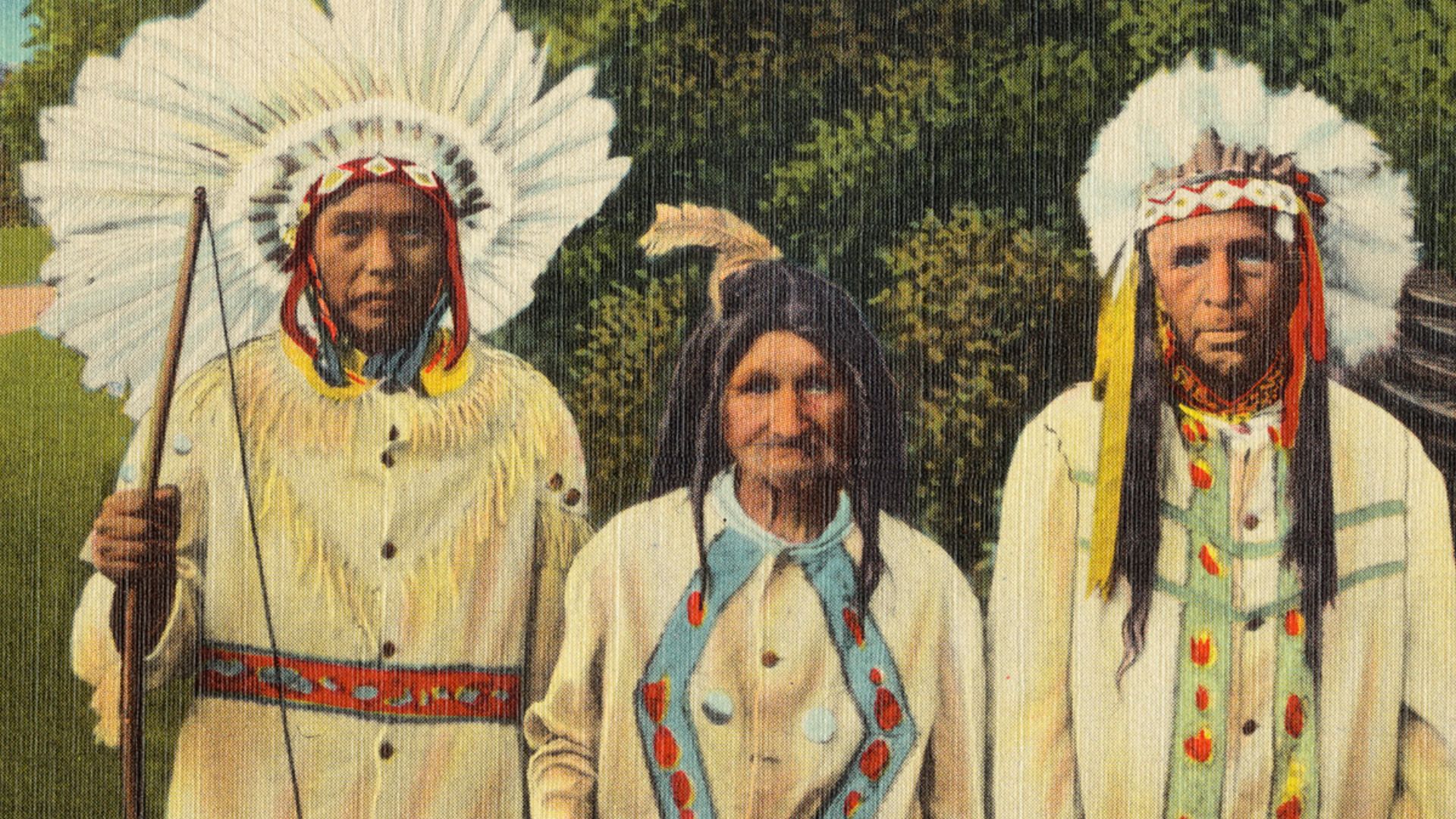 Boston Public Library, Wikimedia Commons
Boston Public Library, Wikimedia Commons
Pueblo
The Pueblo peoples are among the oldest continuous cultures in North America. The term "Pueblo" originates from the Spanish word for "village," referring to their multi-story adobe and stone dwellings. Today’s Pueblo peoples' ancestors are called the Ancestral Puebloans, also called the Anasazi sometimes.
Pueblo (Cont.)
The Ancestral Puebloans transitioned from nomadic hunter-gatherers to settled farmers, developing sophisticated irrigation systems and cultivating crops such as maize, beans, squash, and pumpkins. Their settlements featured multi-story buildings constructed of adobe and stone, characterized by flat roofs and kivas (ceremonial chambers).
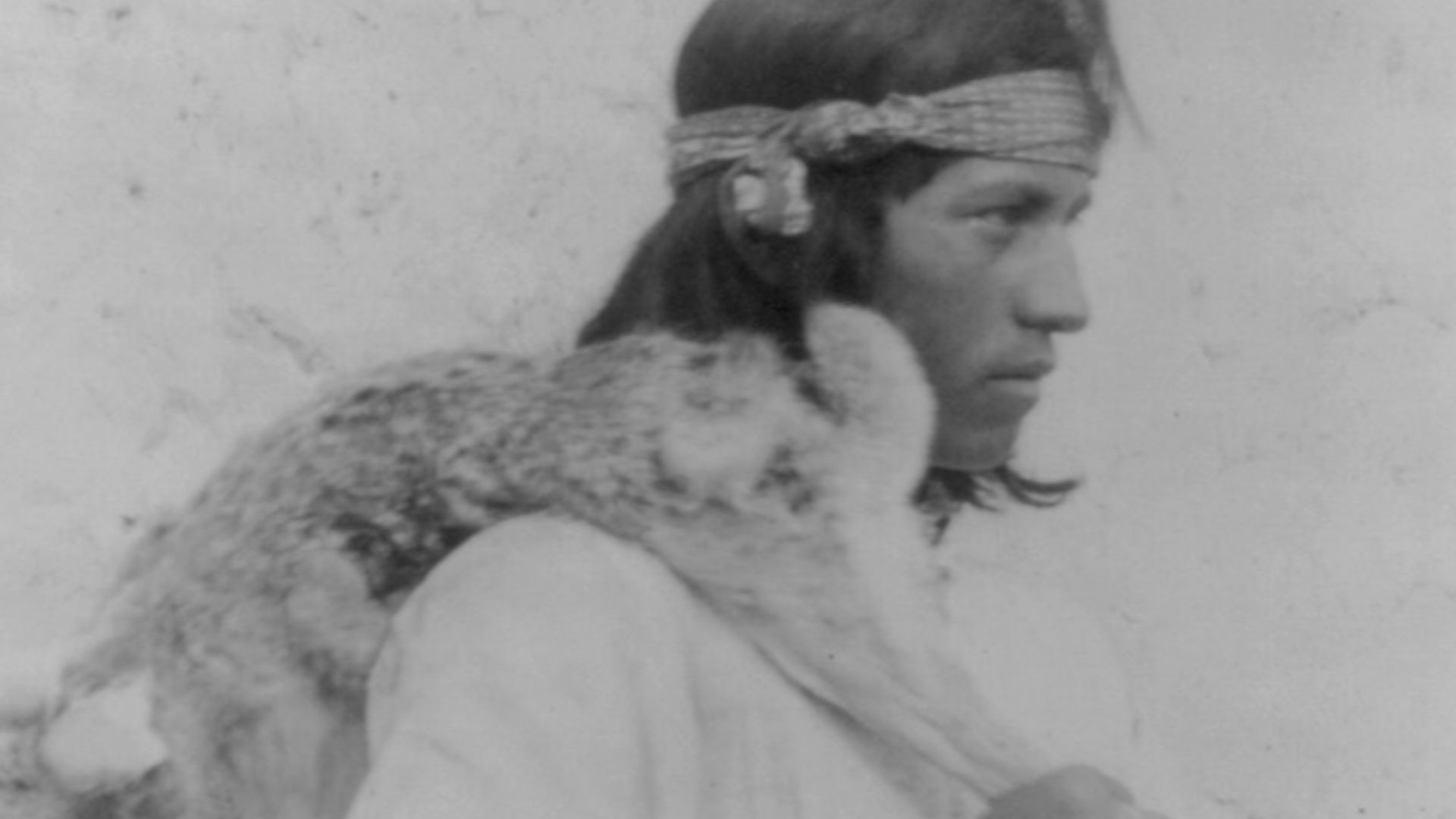 Miscellaneous Items in High Demand, PPOC, Library of Congress, Wikimedia Commons
Miscellaneous Items in High Demand, PPOC, Library of Congress, Wikimedia Commons
Pueblo (Cont.)
In 1680, these folks, under the leadership of Pope, orchestrated the Pueblo Revolt. It was the only successful Native uprising to expel European colonizers from North America. The Spanish were driven out of New Mexico for 12 years, allowing the Pueblos to preserve their traditions and autonomy.
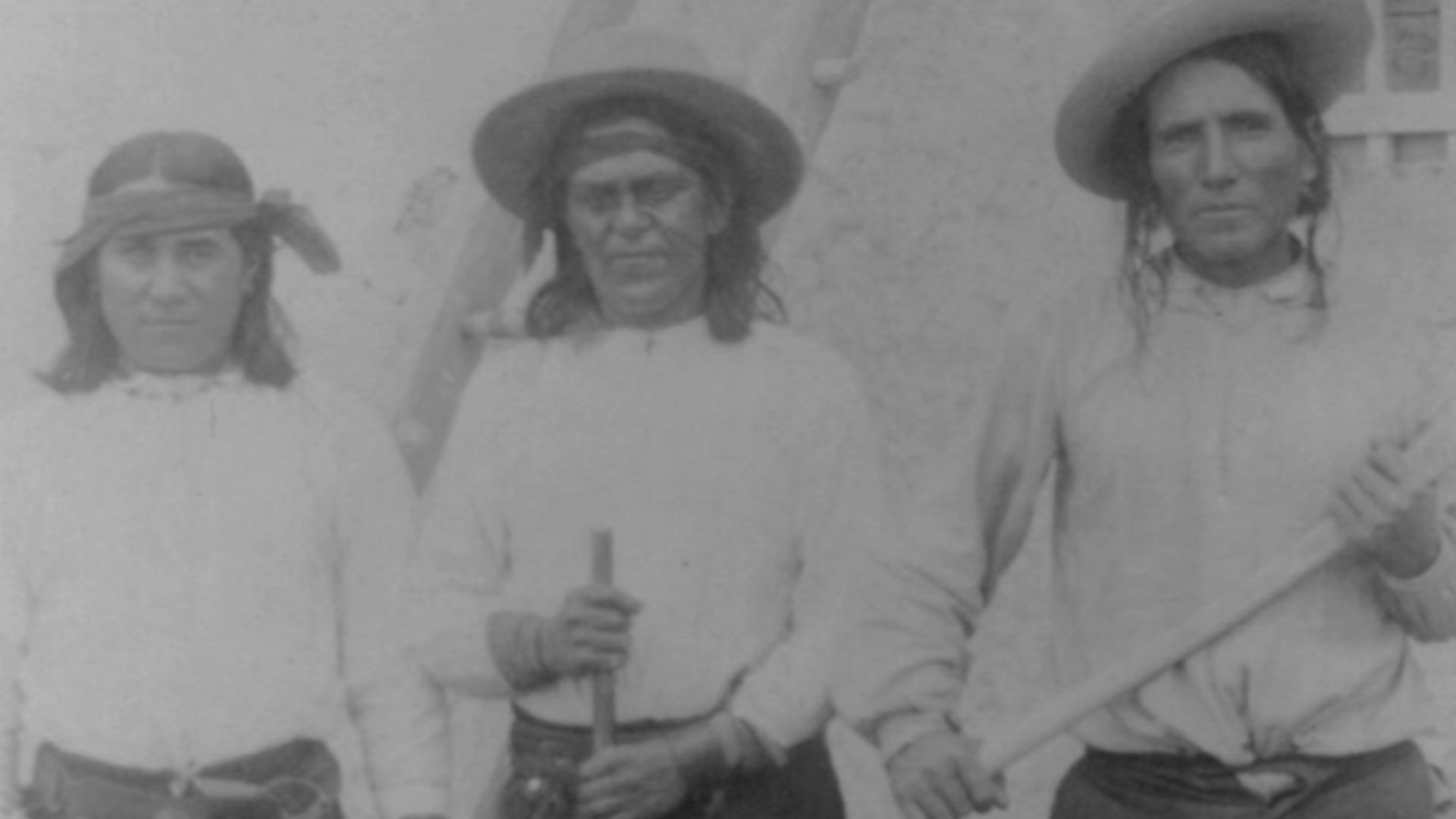 Miscellaneous Items in High Demand, PPOC, Library of Congress, Wikimedia Commons
Miscellaneous Items in High Demand, PPOC, Library of Congress, Wikimedia Commons
Osage
The Osage are a Native American tribe historically known as the "People of the Middle Waters" (Ni-U-Kon-Ska), whose ancestral domain once covered large portions of present-day Missouri, Arkansas, Kansas, and Oklahoma. They belong to the Siouan language family's Dhegiha branch.
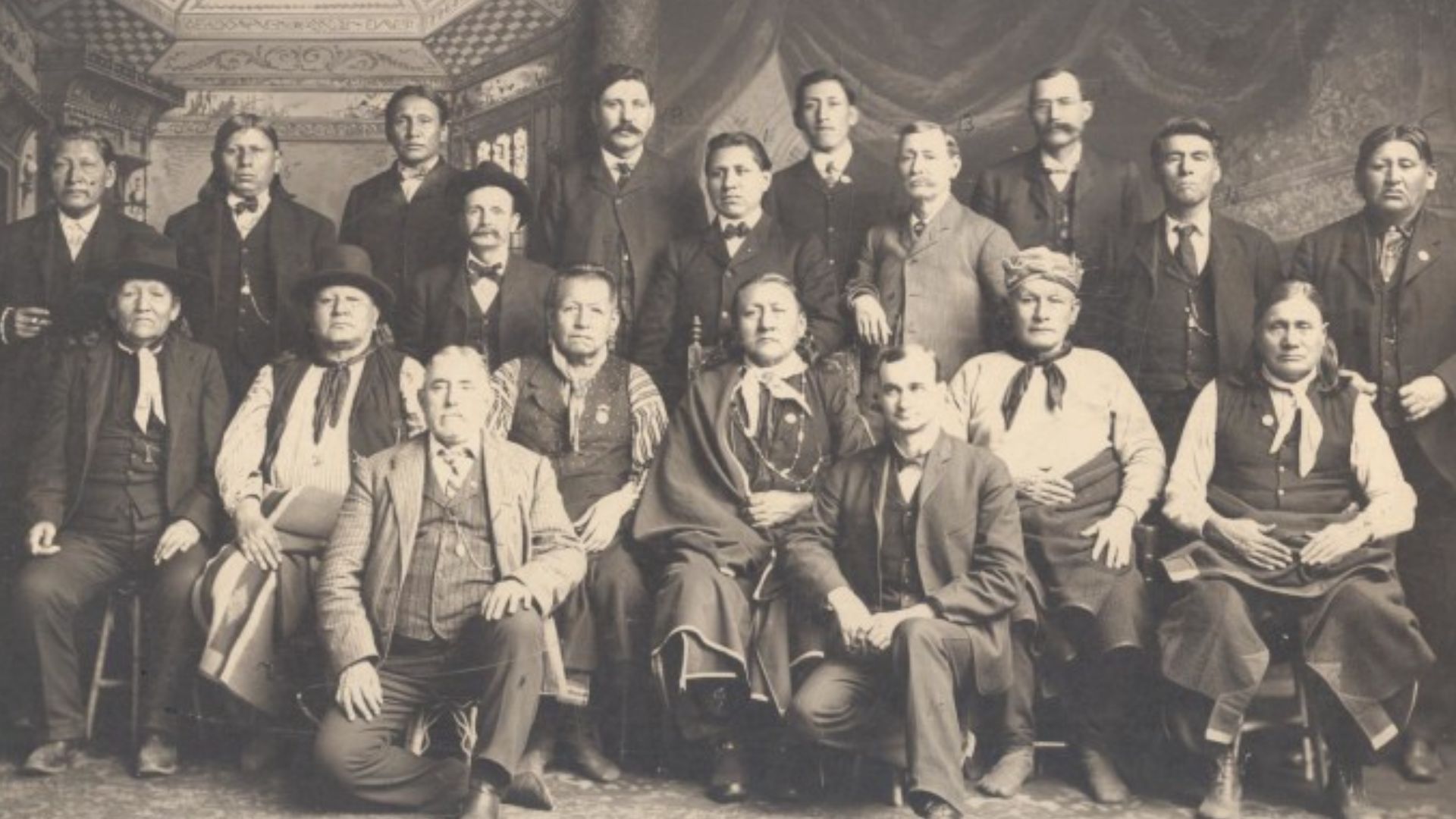 Unknown authorUnknown author, Wikimedia Commons
Unknown authorUnknown author, Wikimedia Commons
Osage (Cont.)
As per sources, these individuals are related to the Omaha, Ponca, Kaw, and Quapaw tribes. The Osage originated near the mouth of the Green River in Kentucky and migrated westward. By the 17th century, they had settled along the Osage and Missouri Rivers.
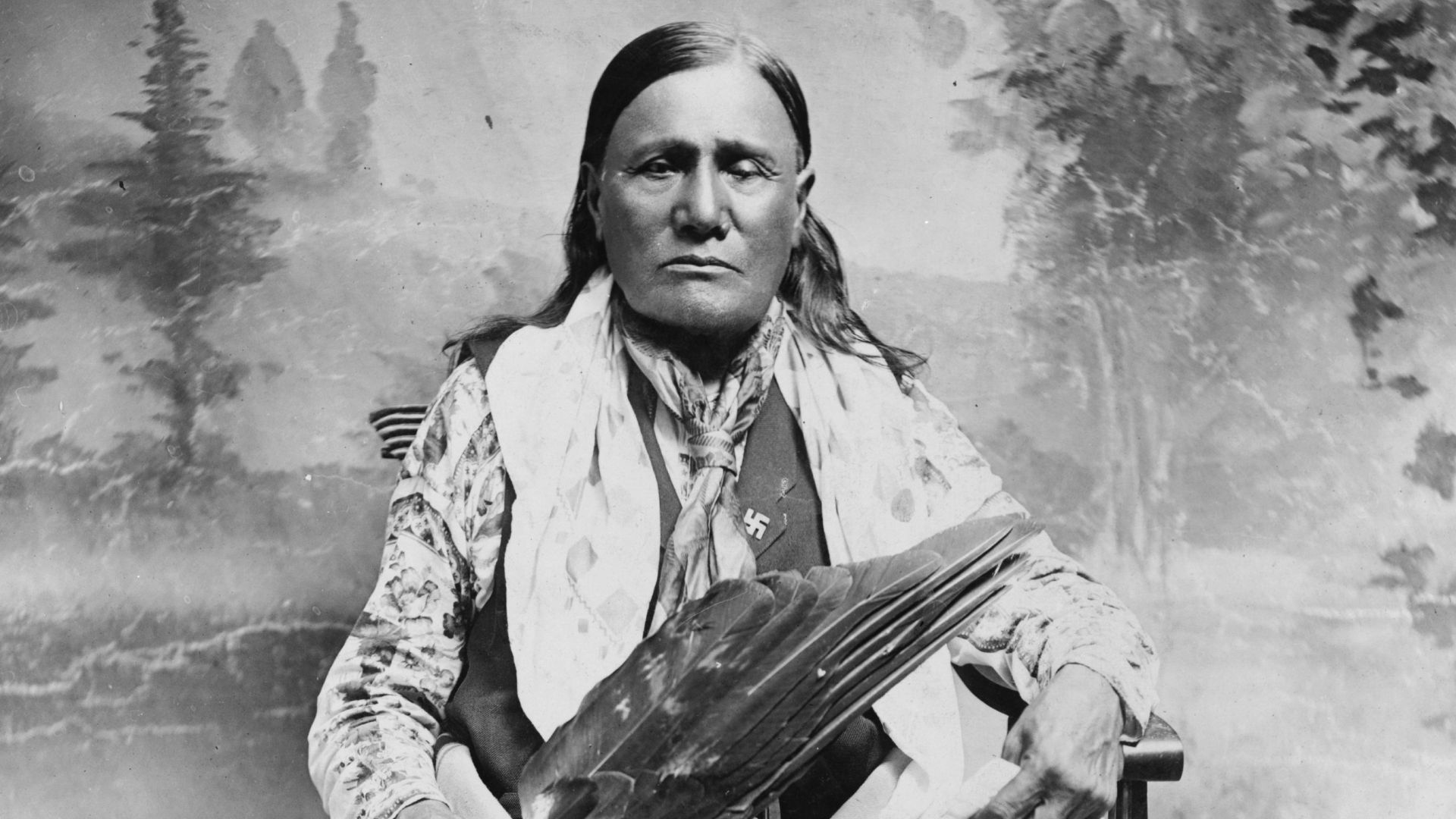 Miscellaneous Items in High Demand, PPOC, Library of Congress, Wikimedia Commons
Miscellaneous Items in High Demand, PPOC, Library of Congress, Wikimedia Commons

